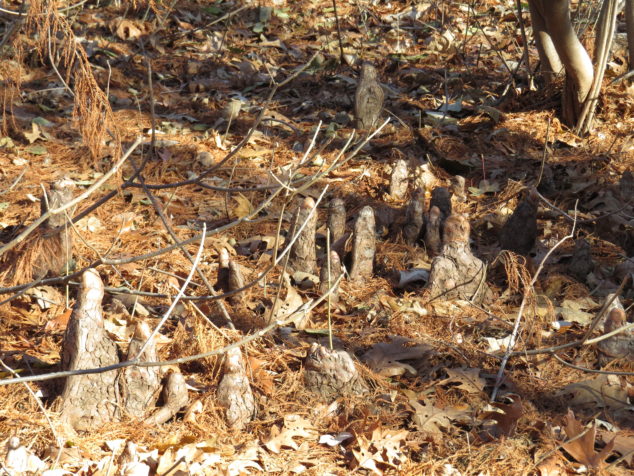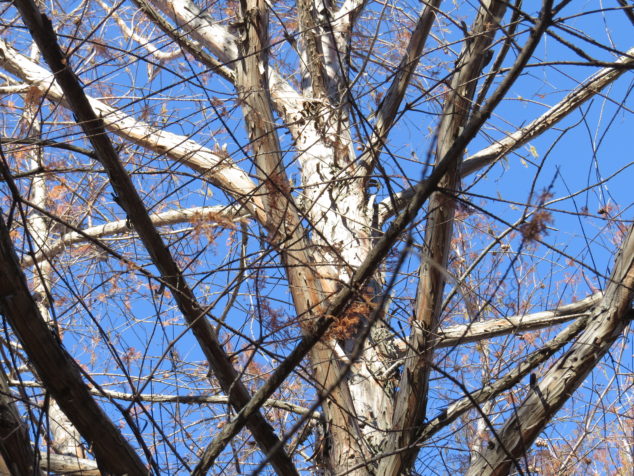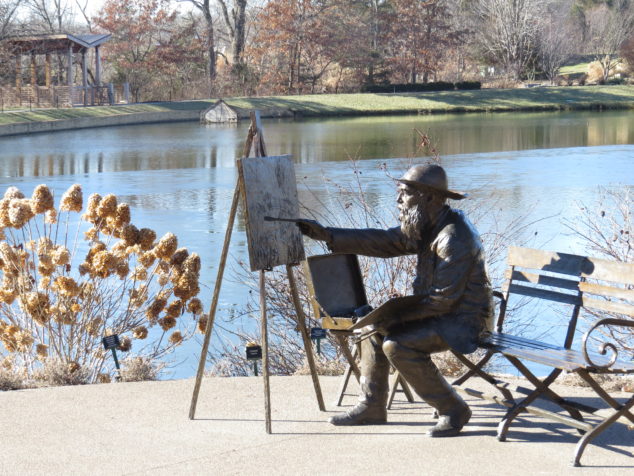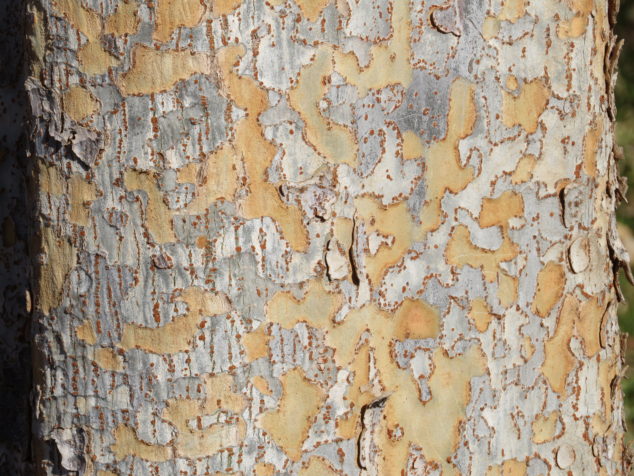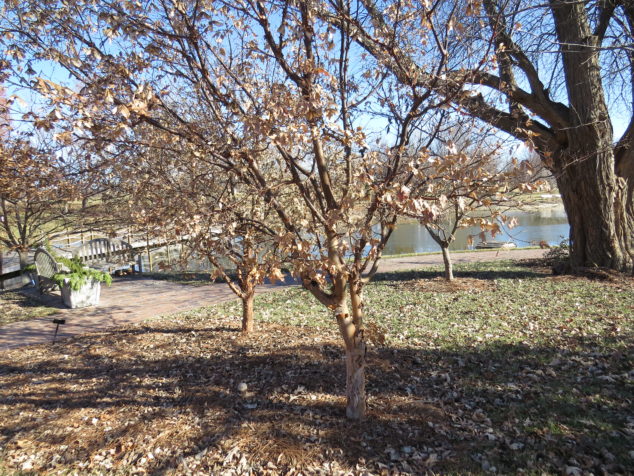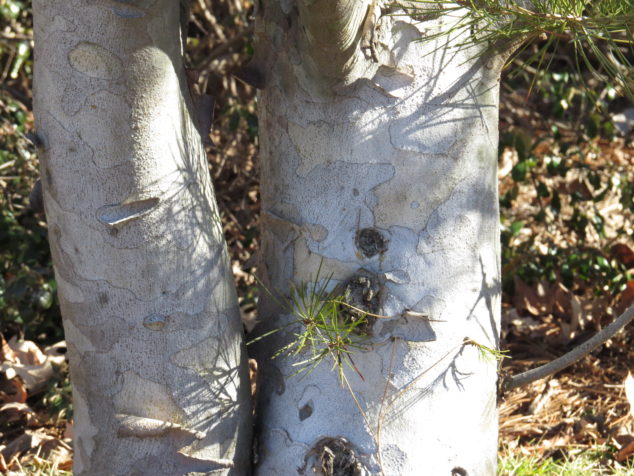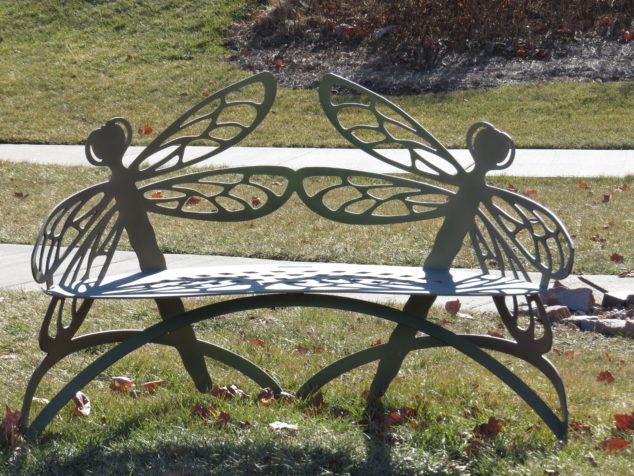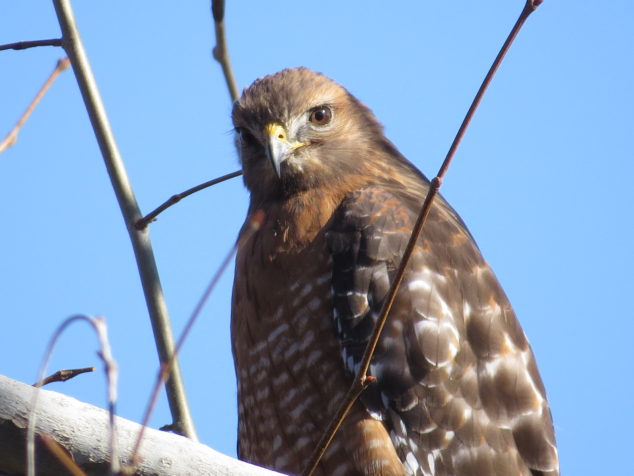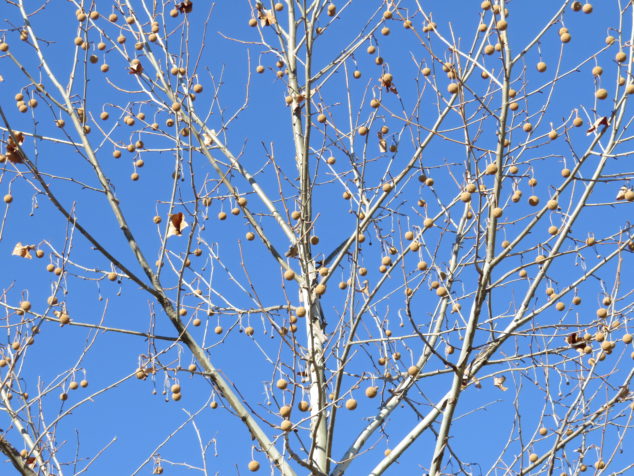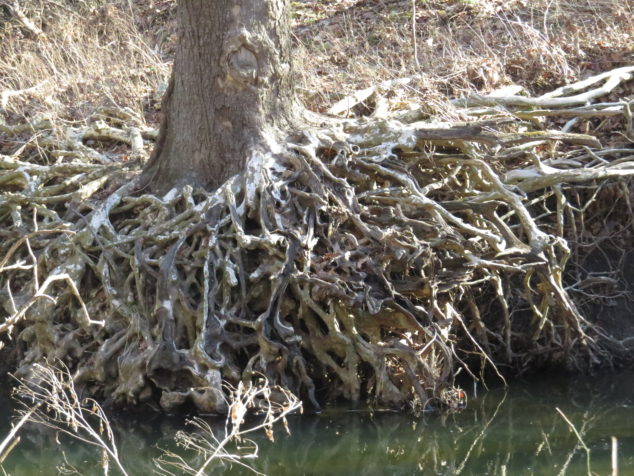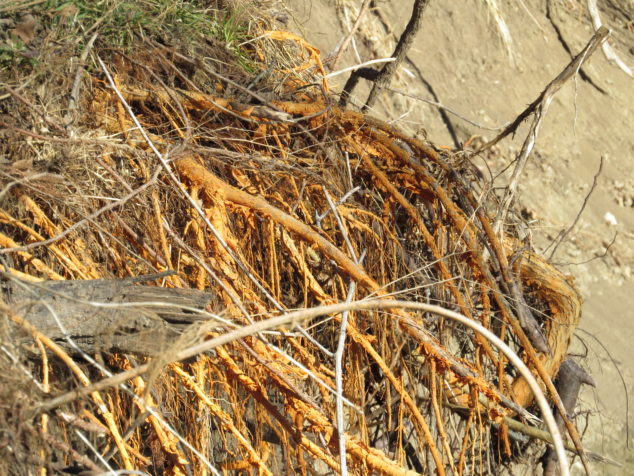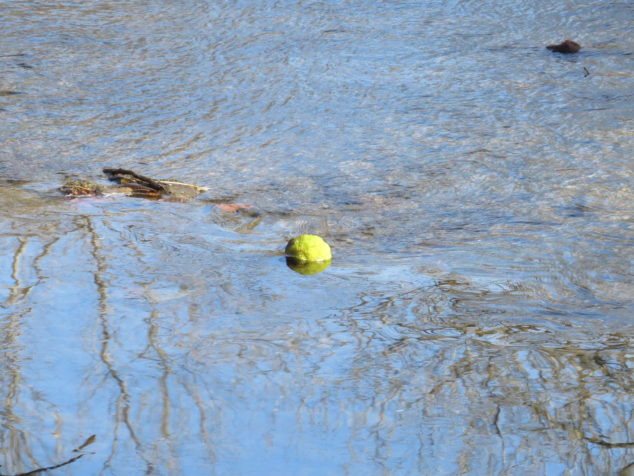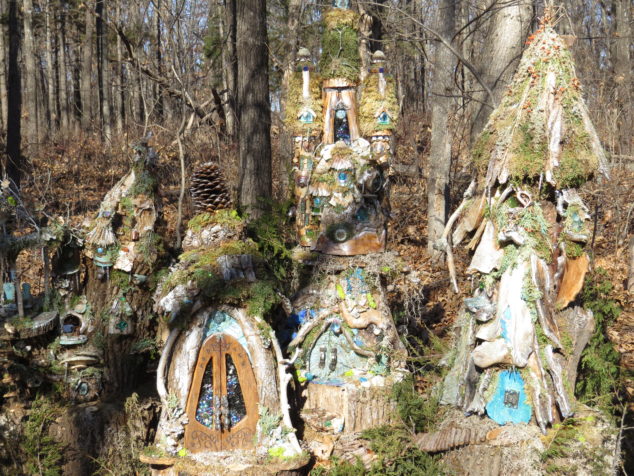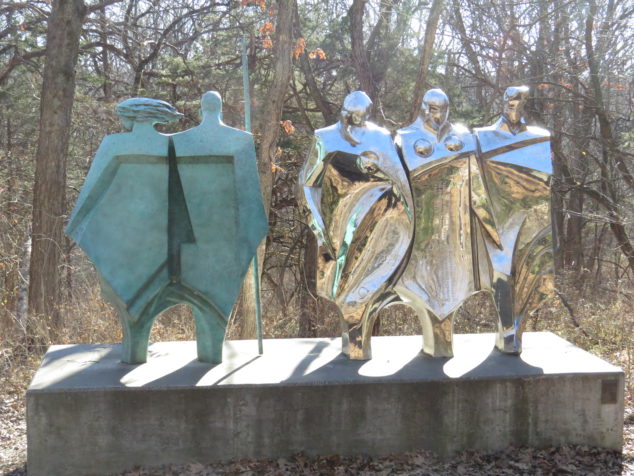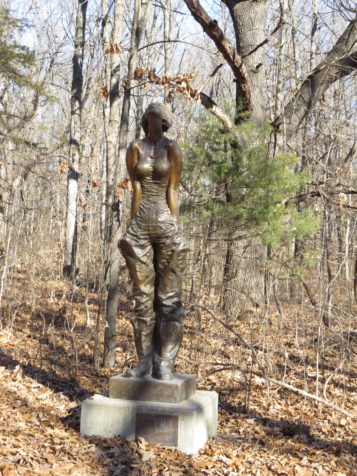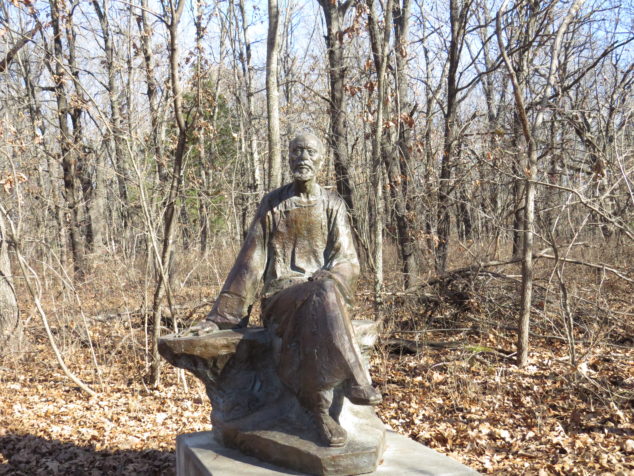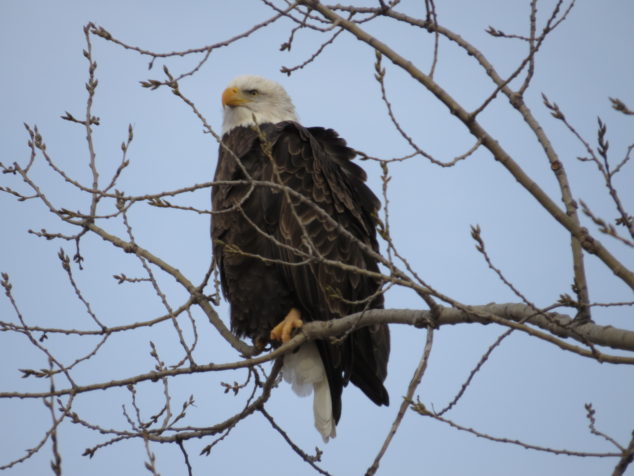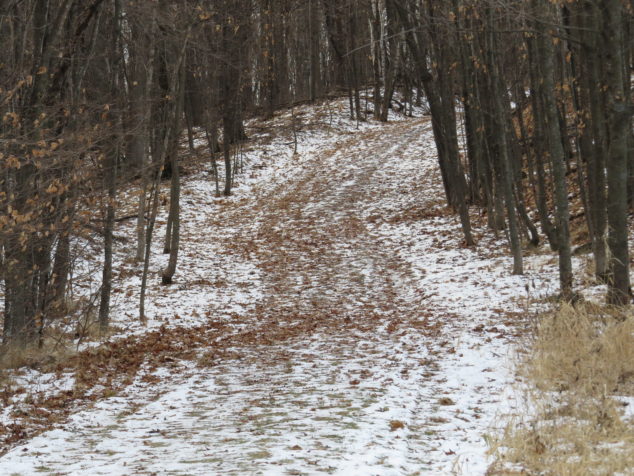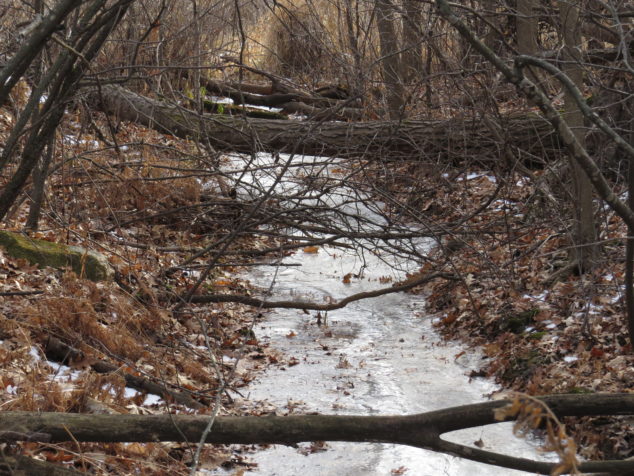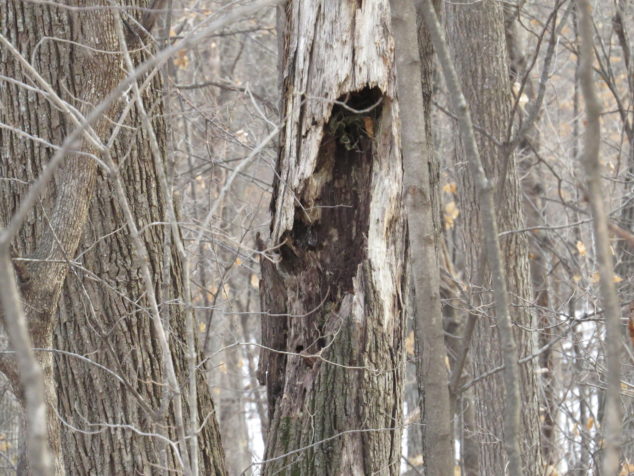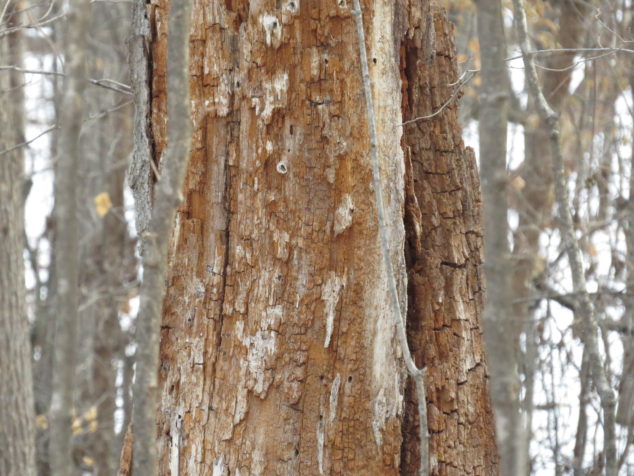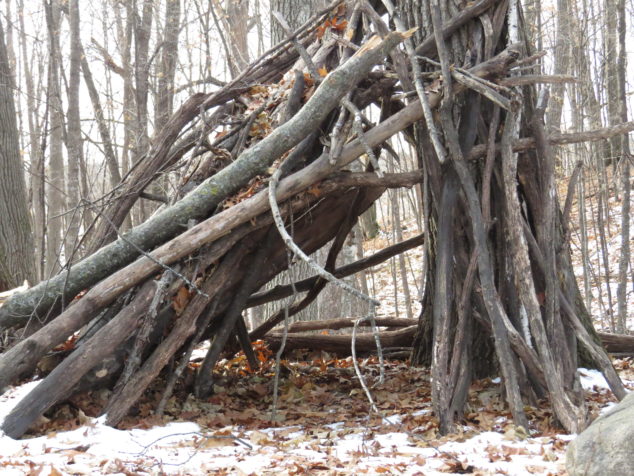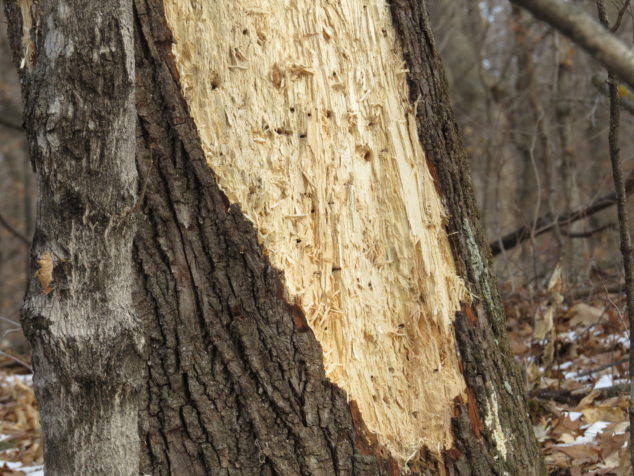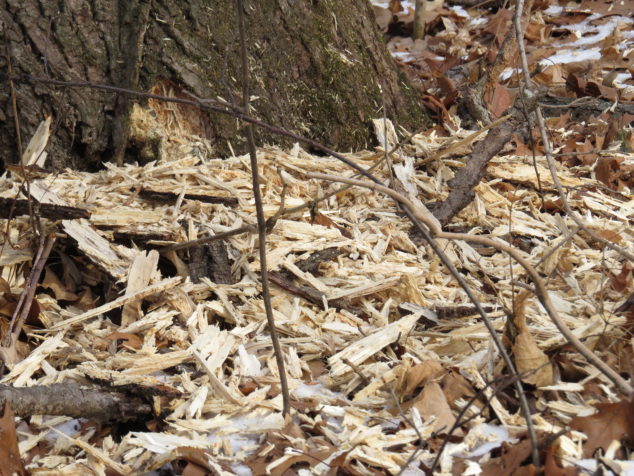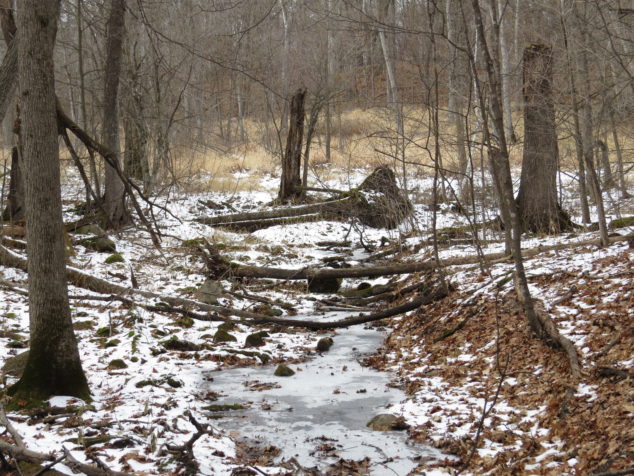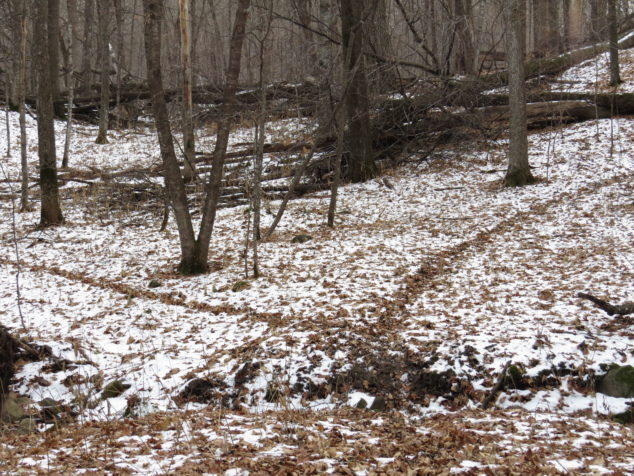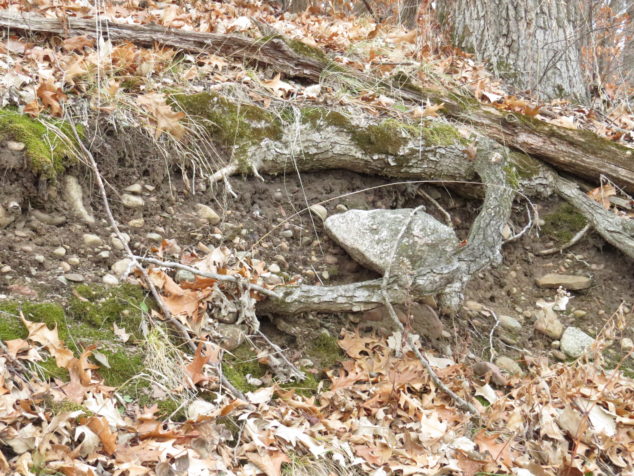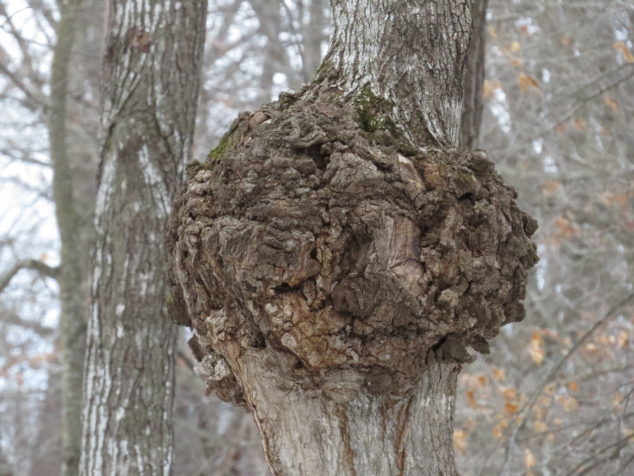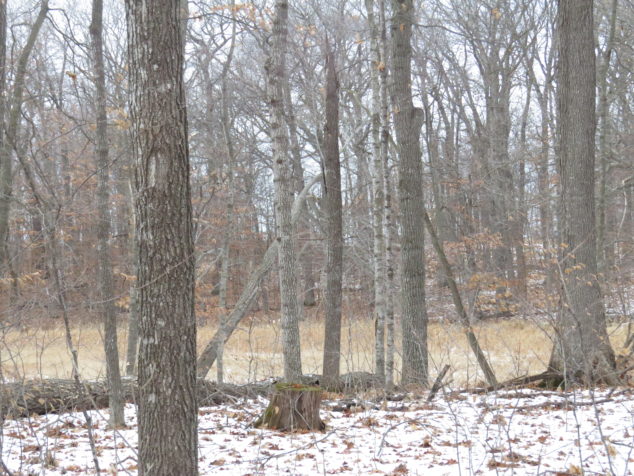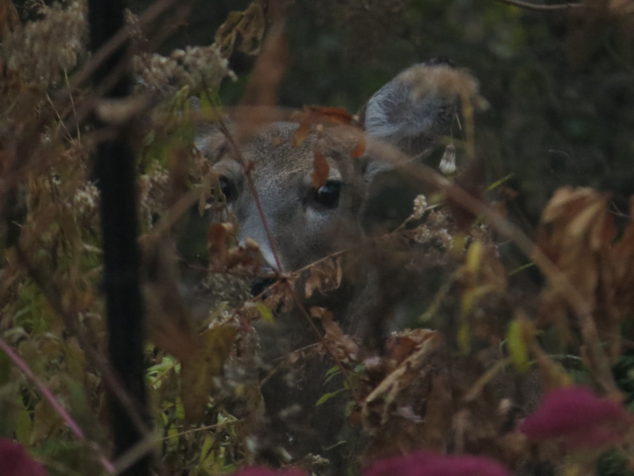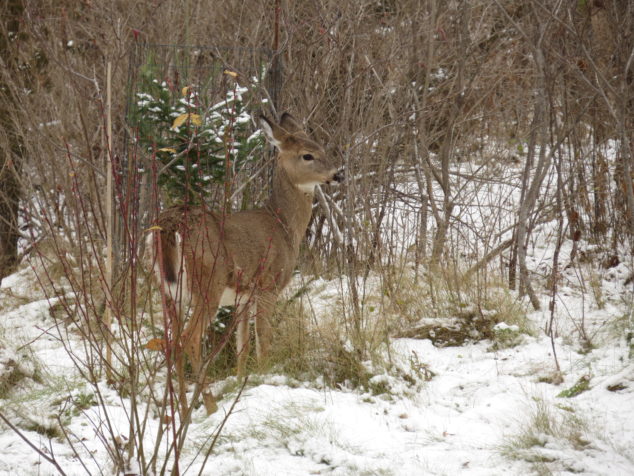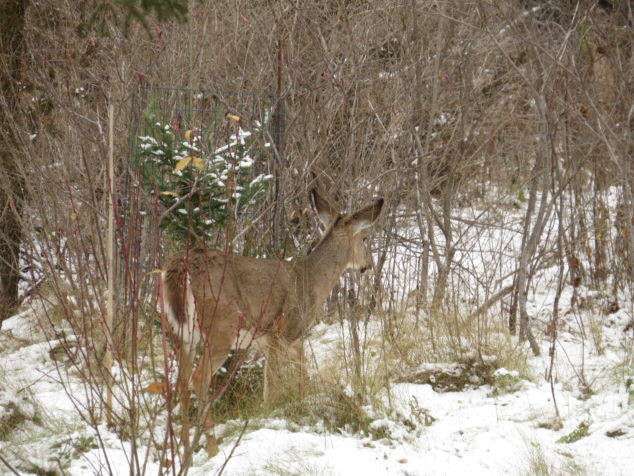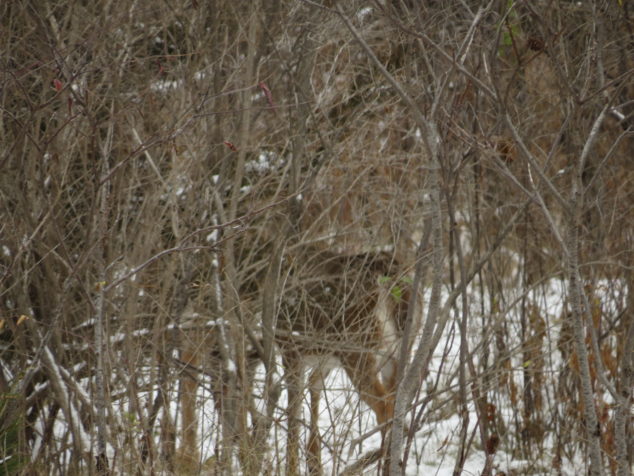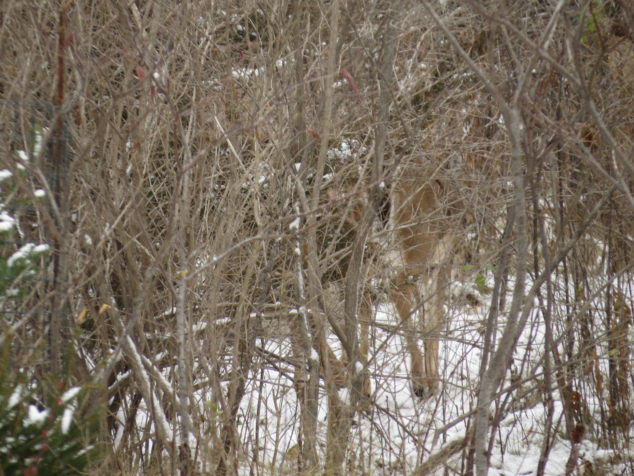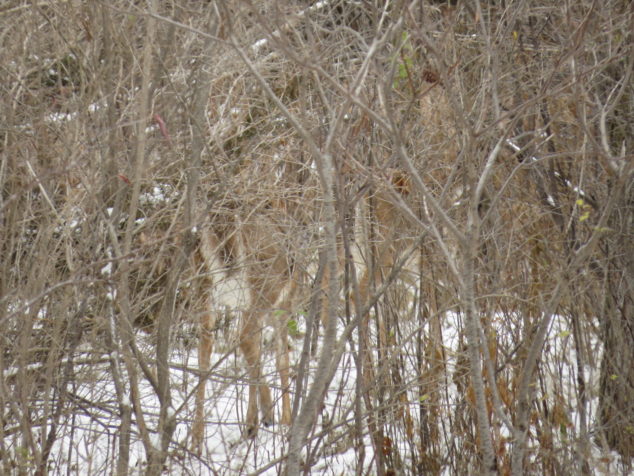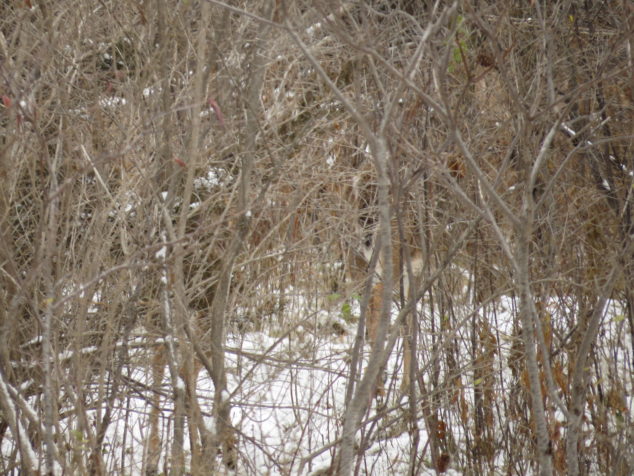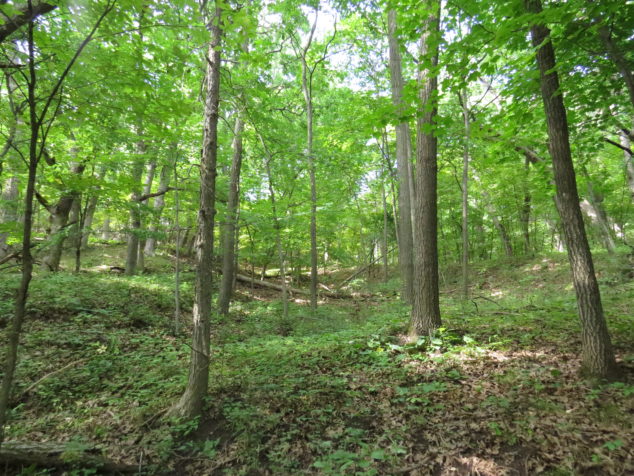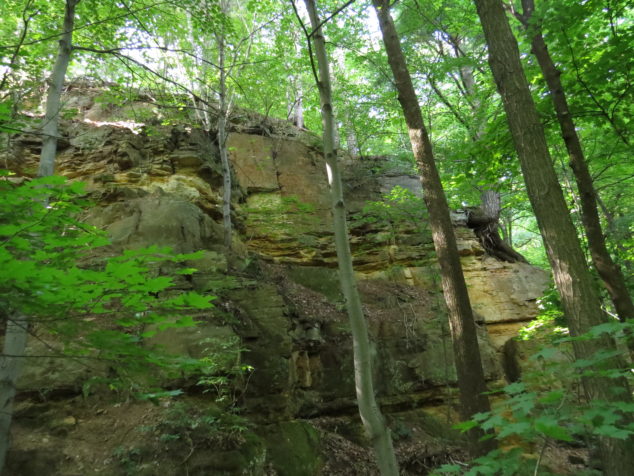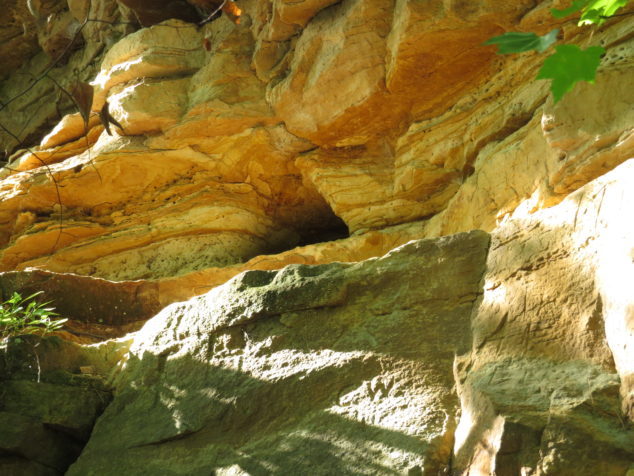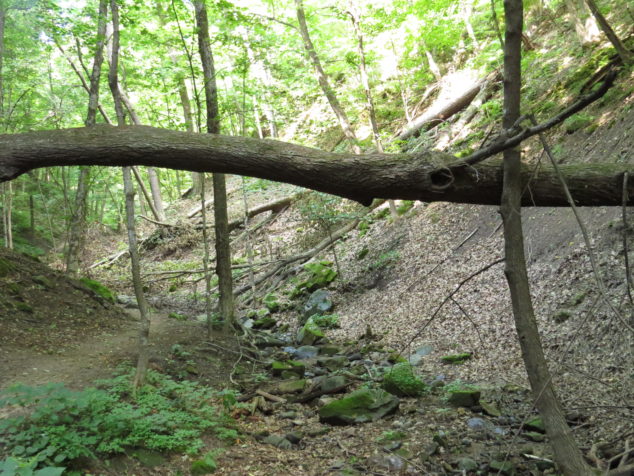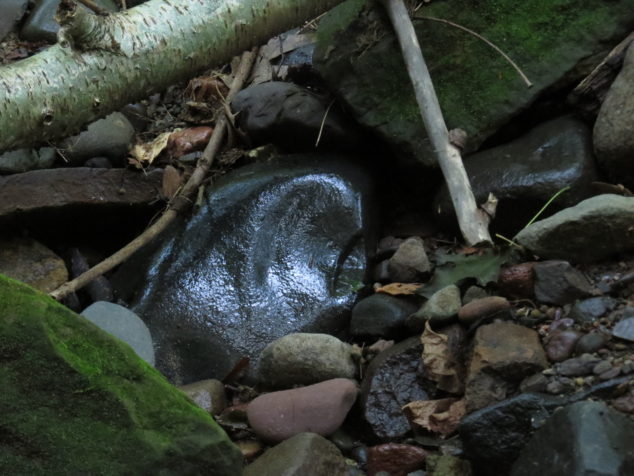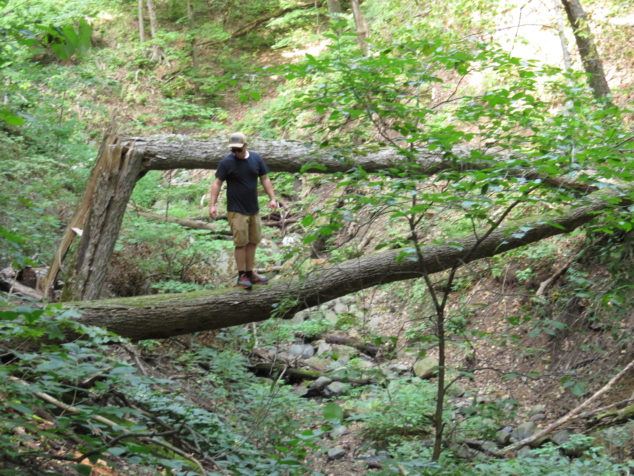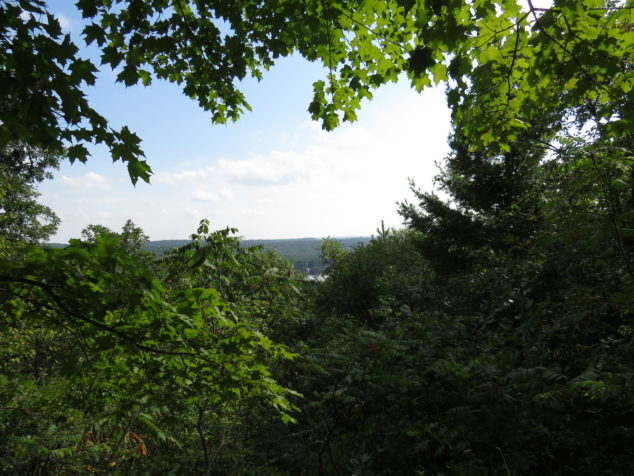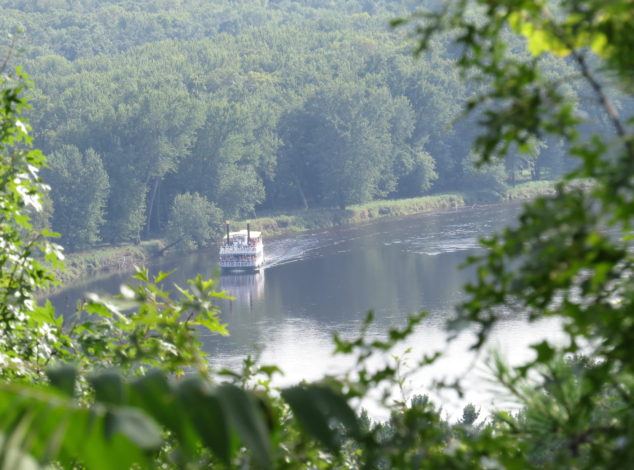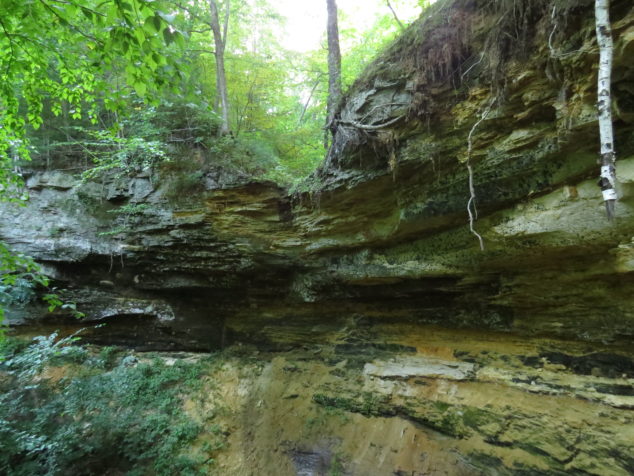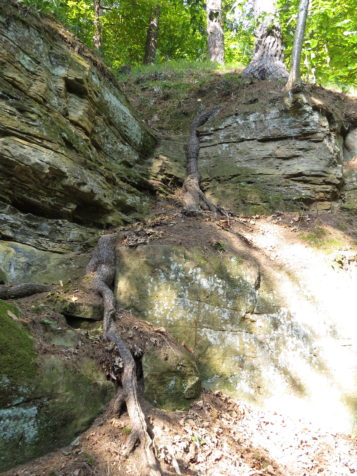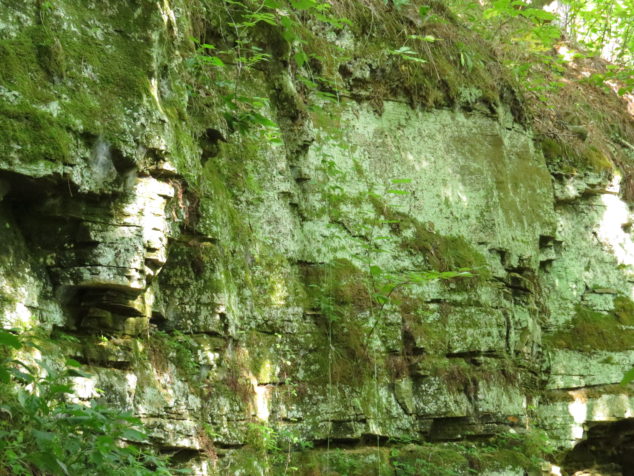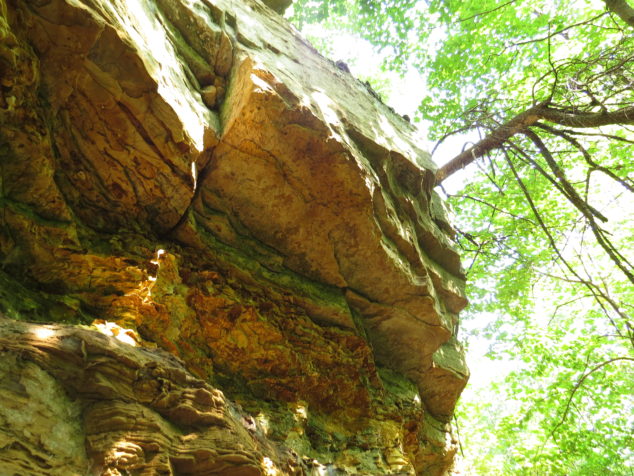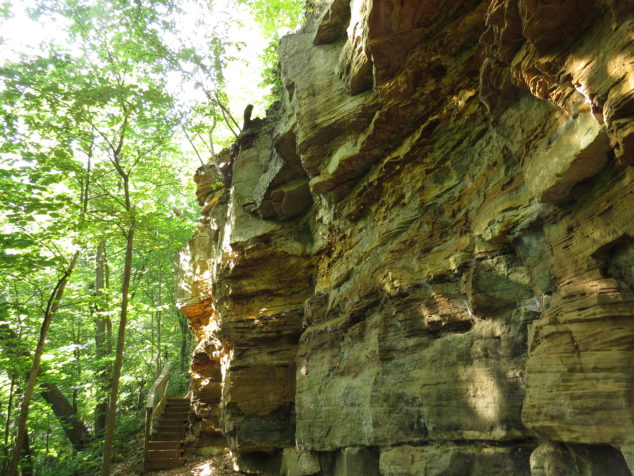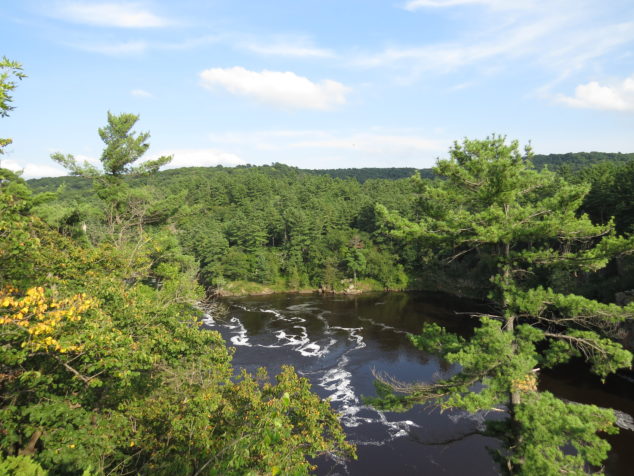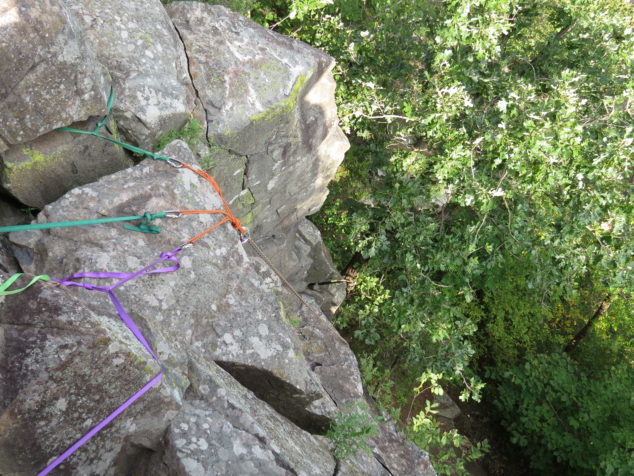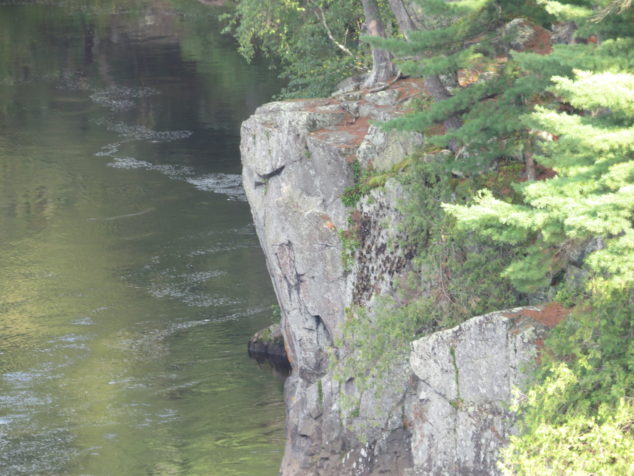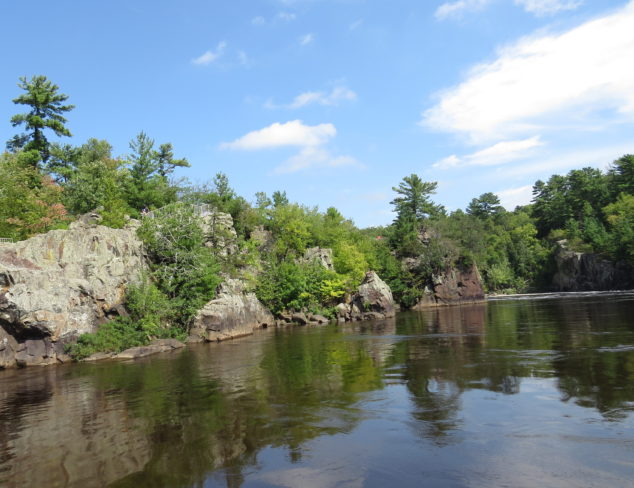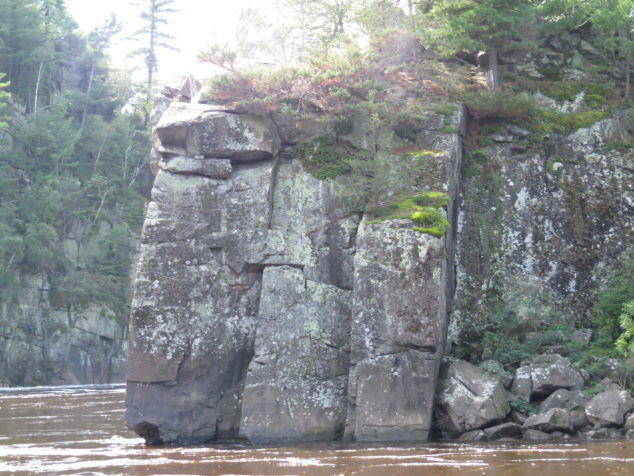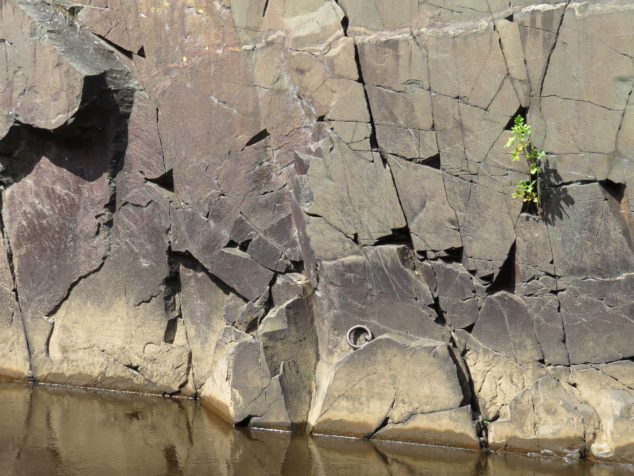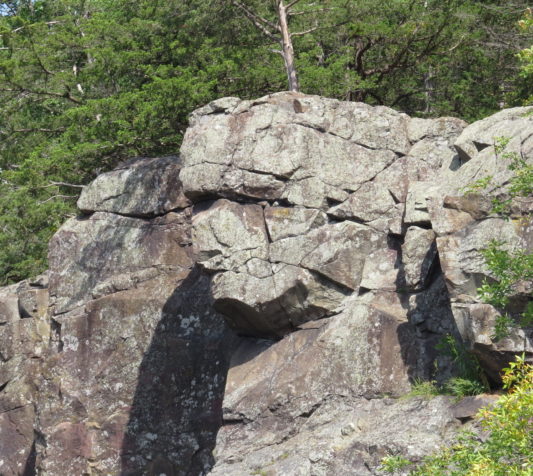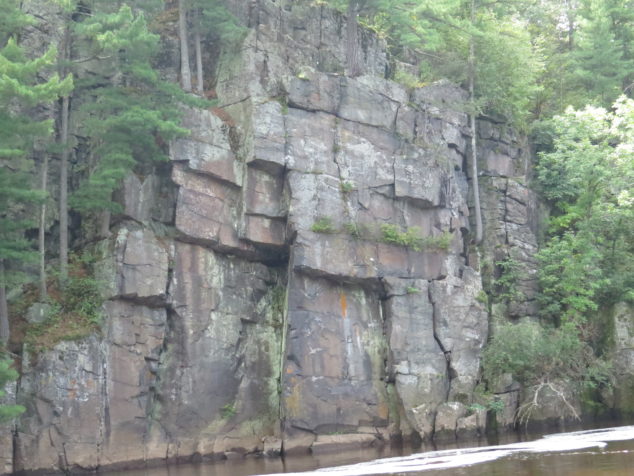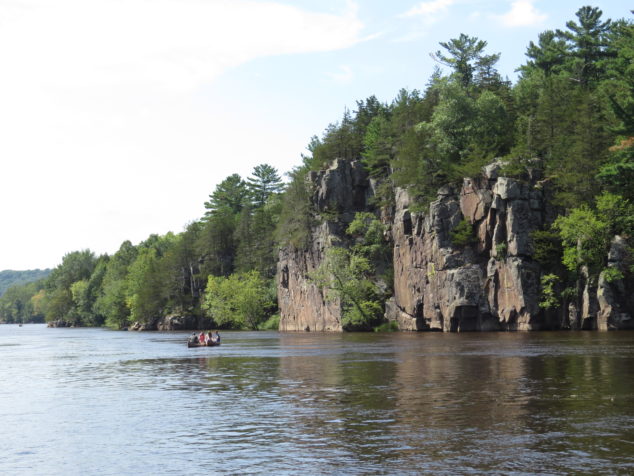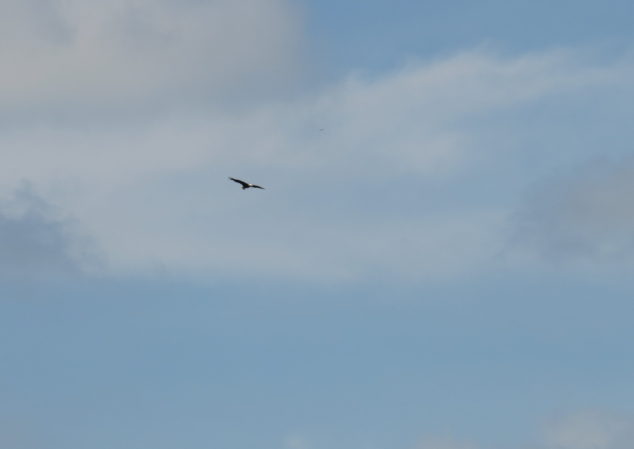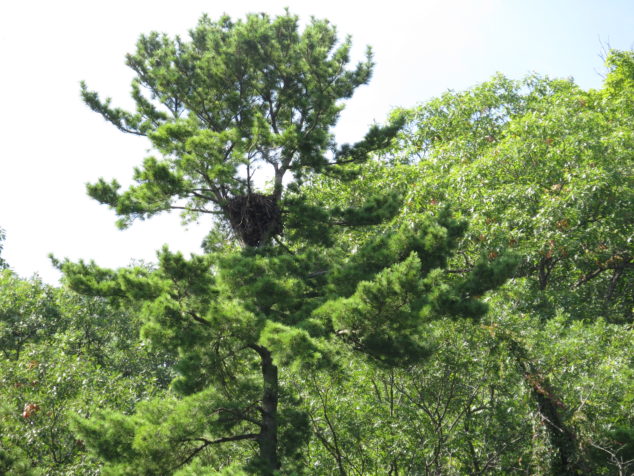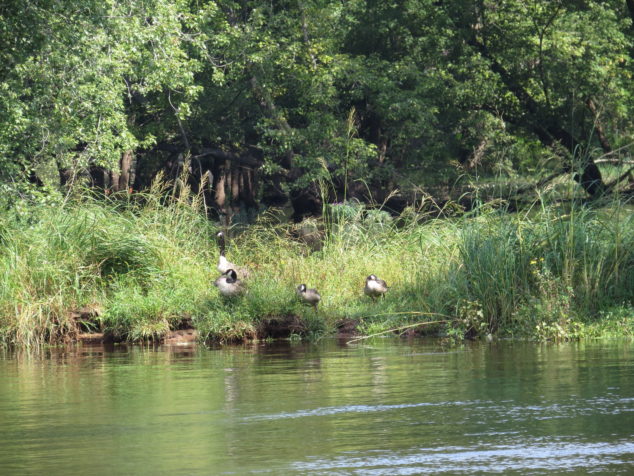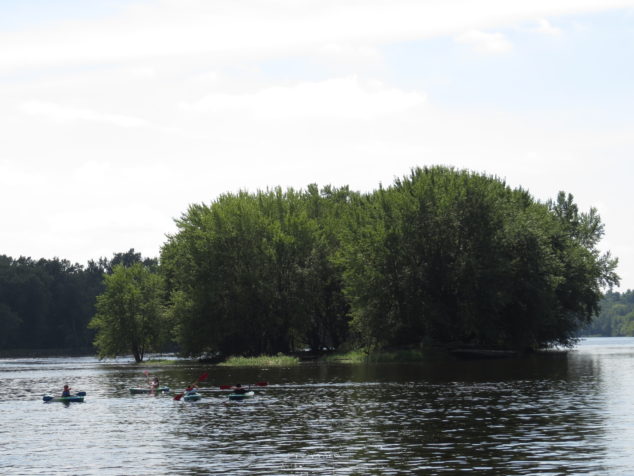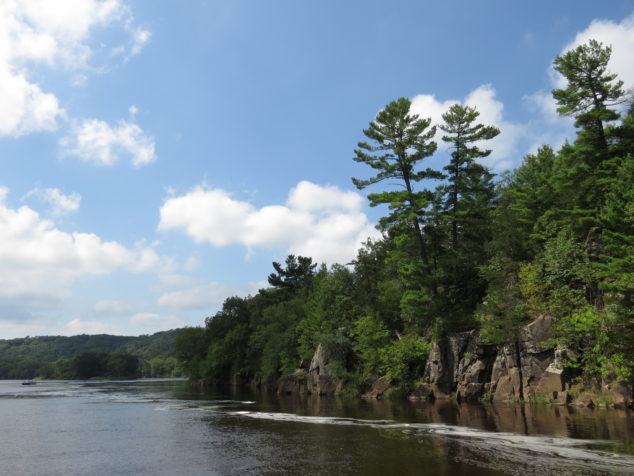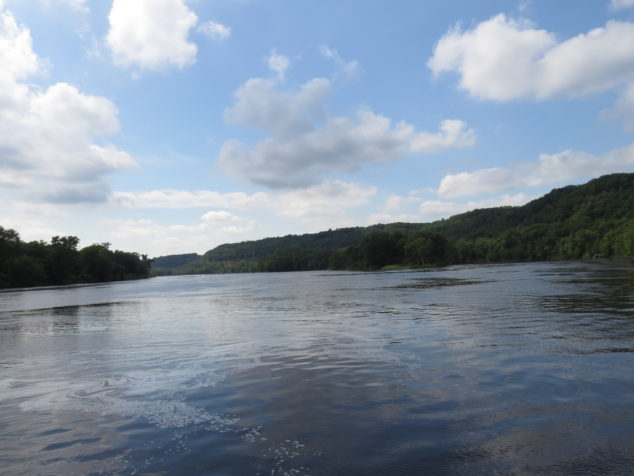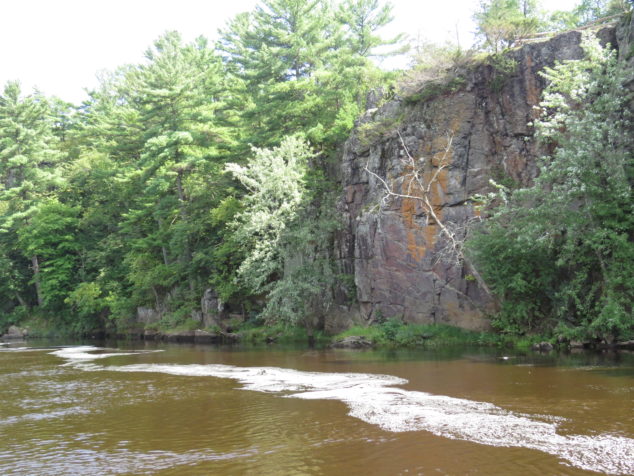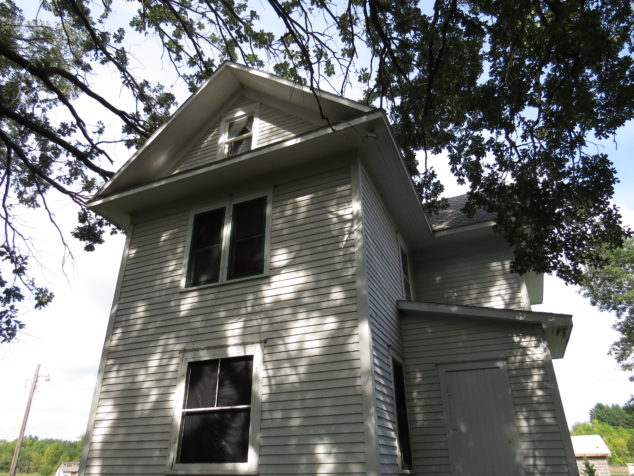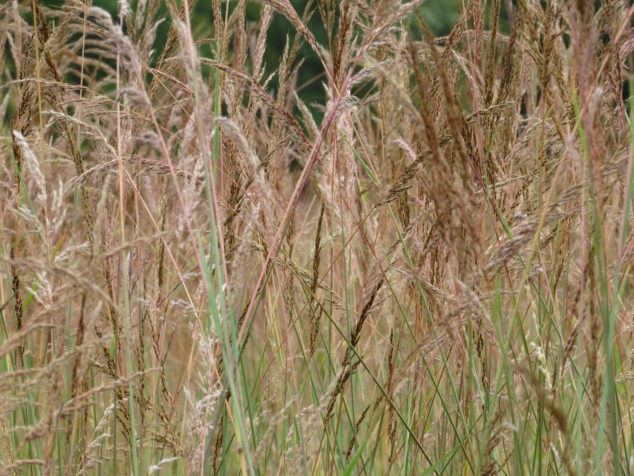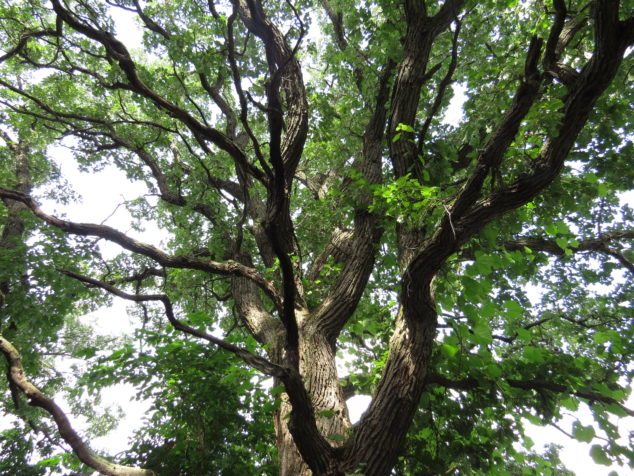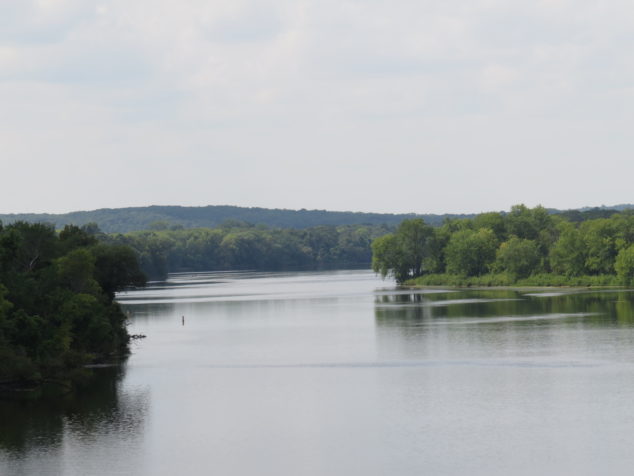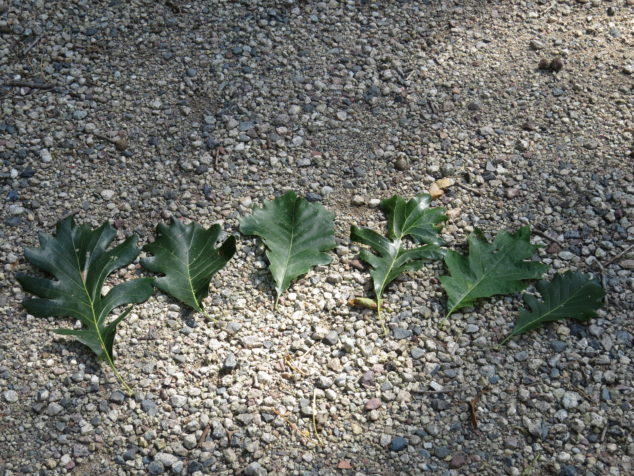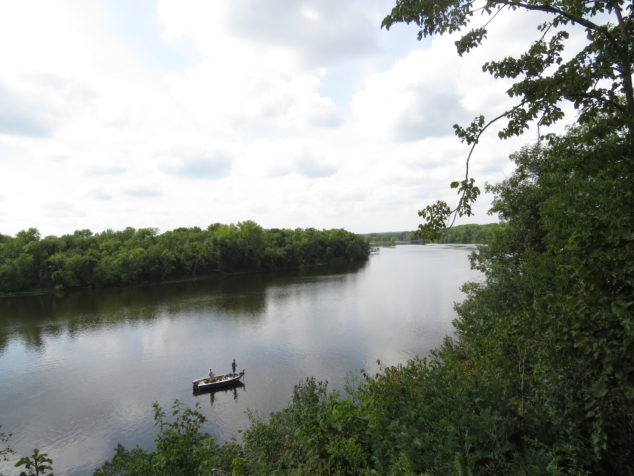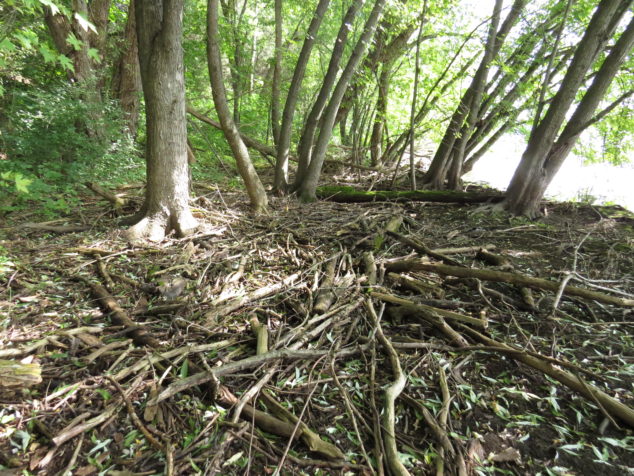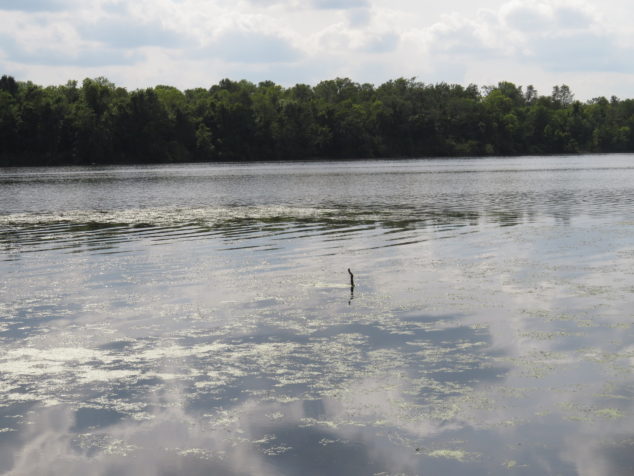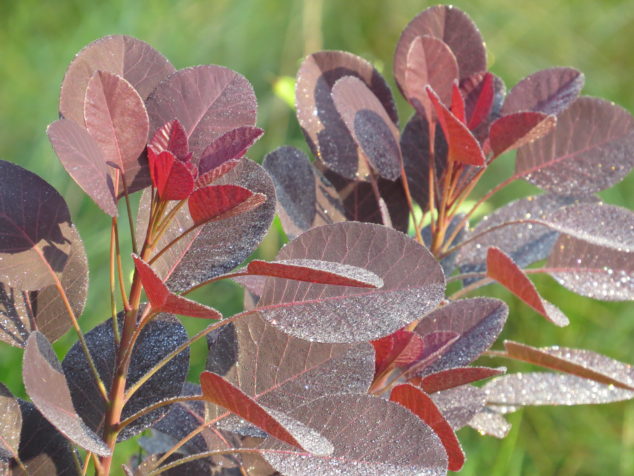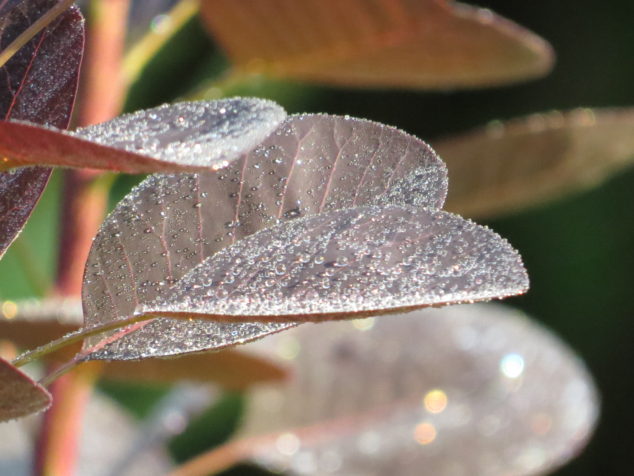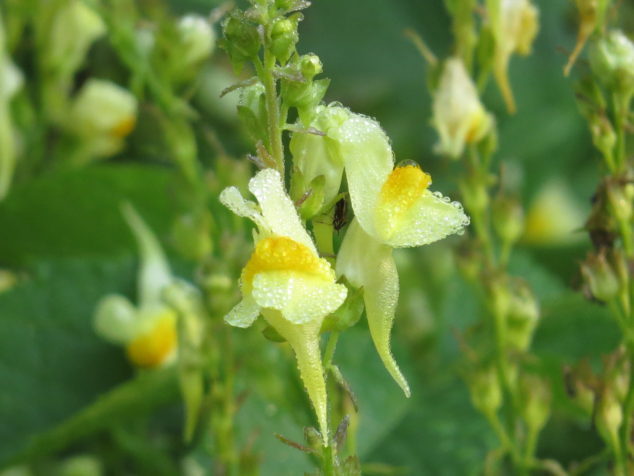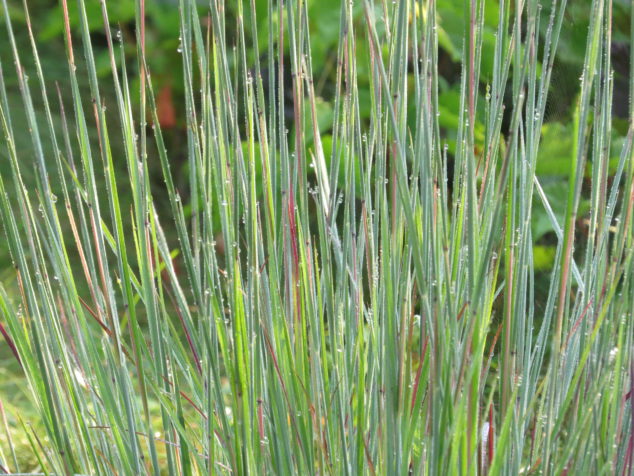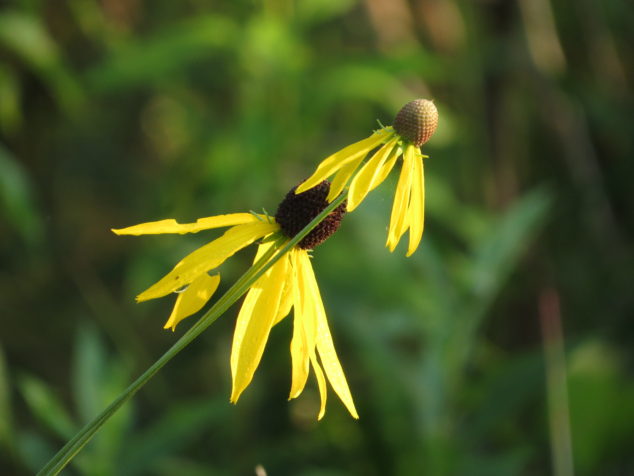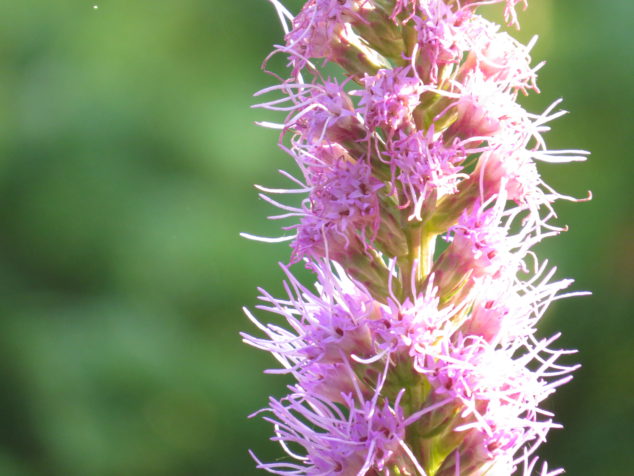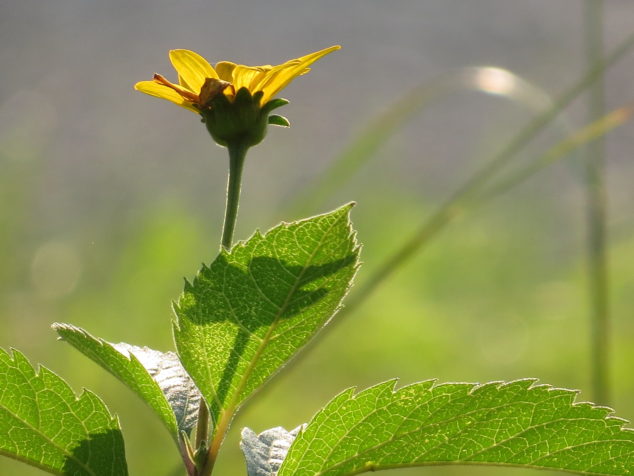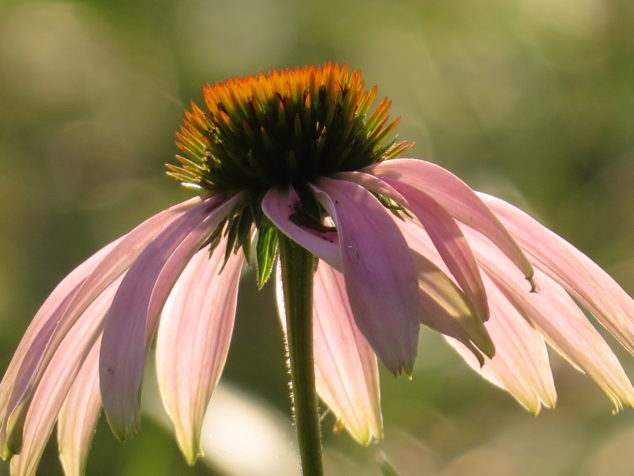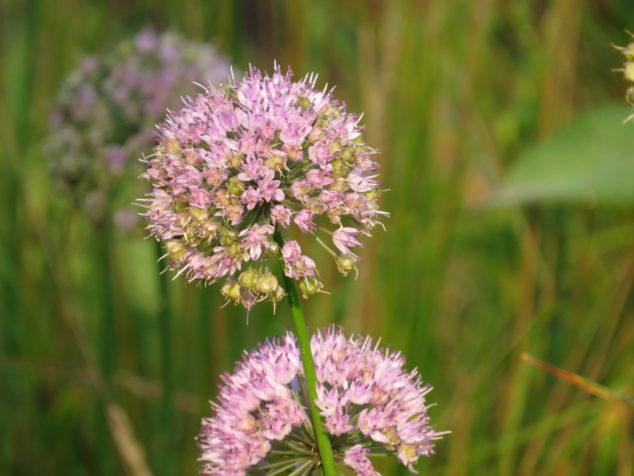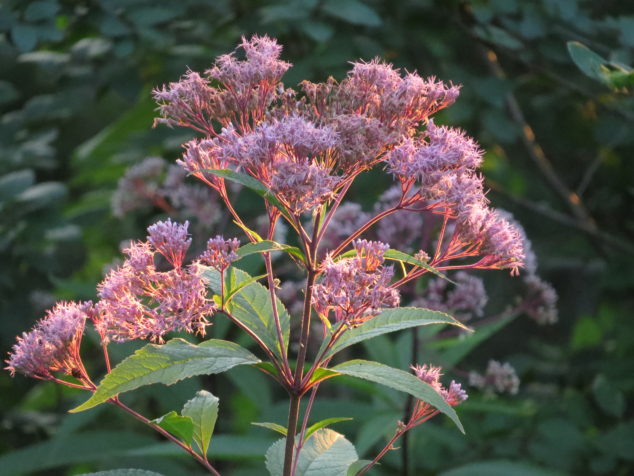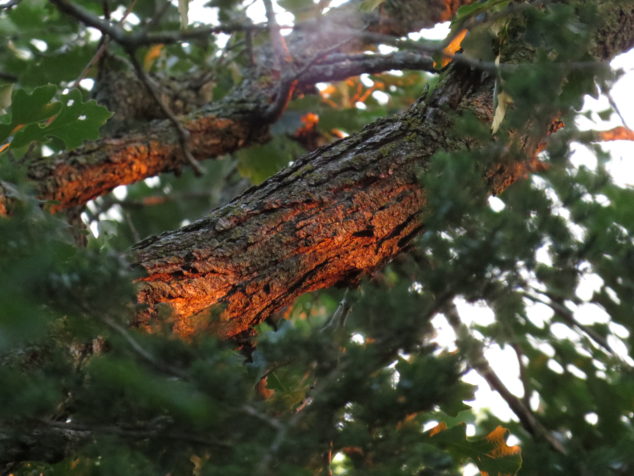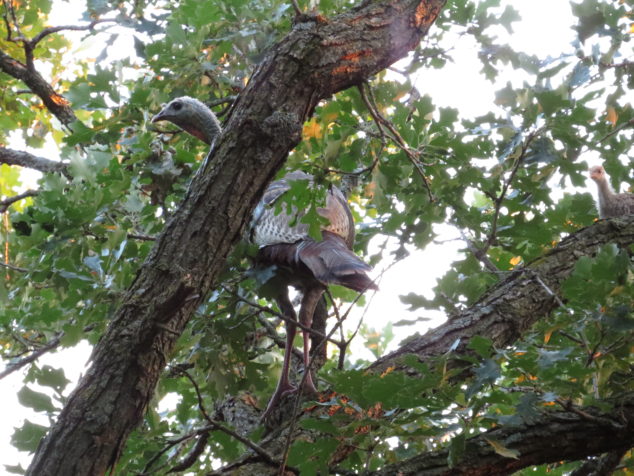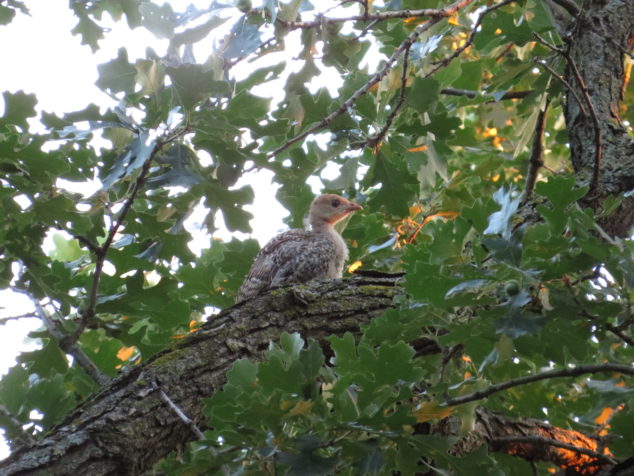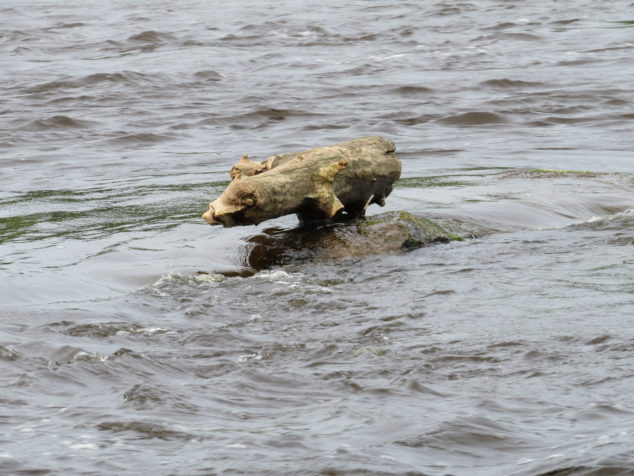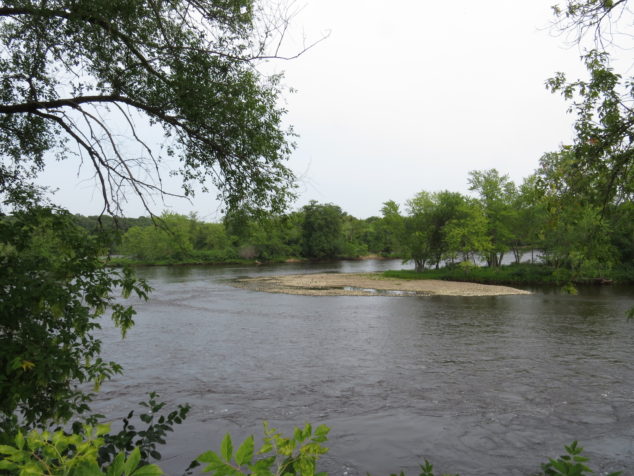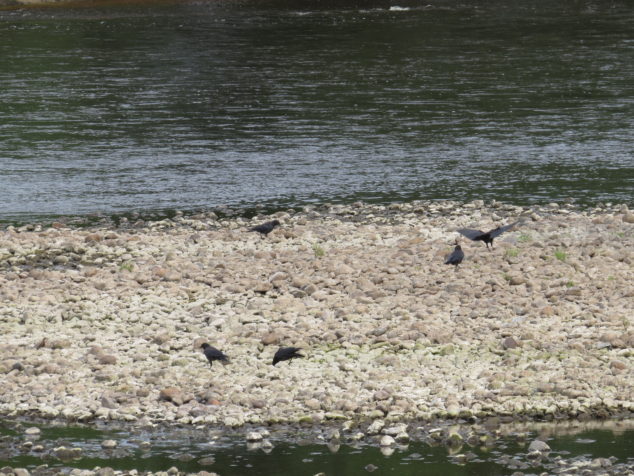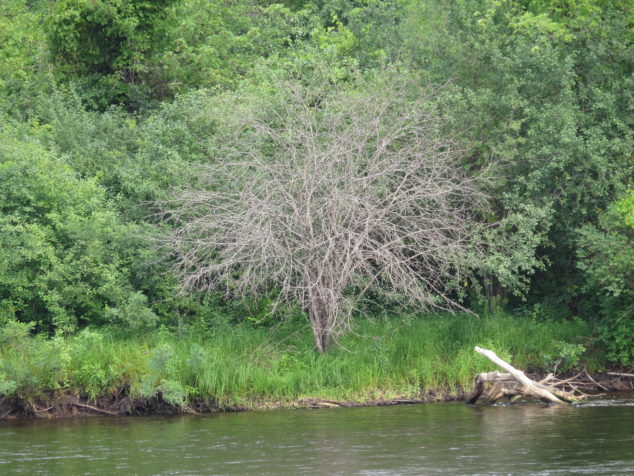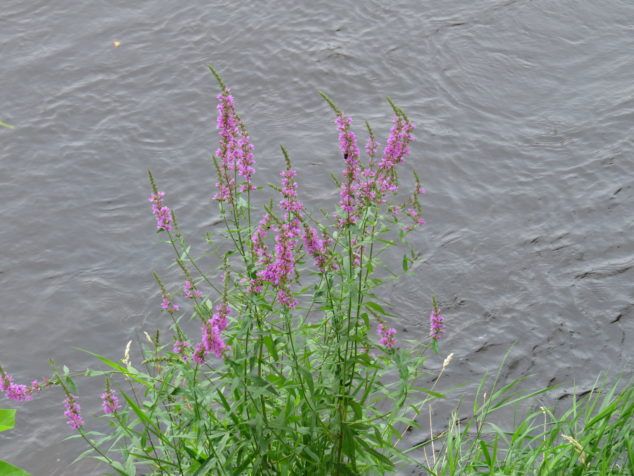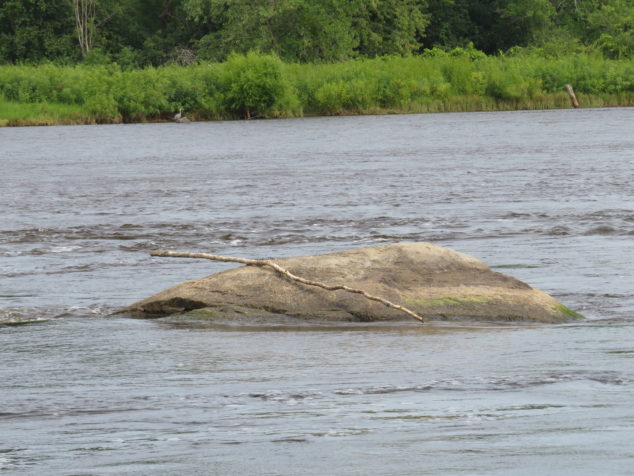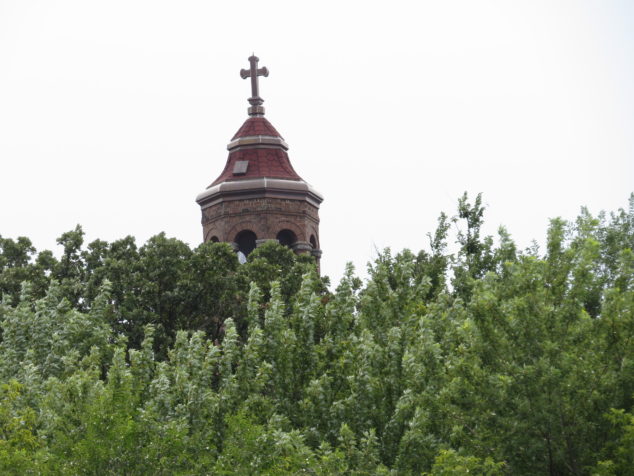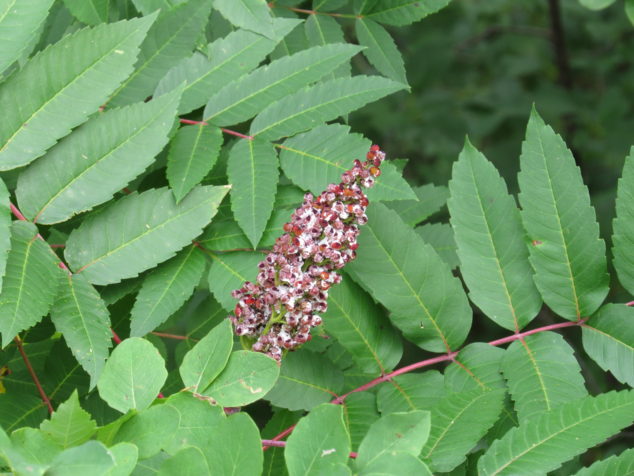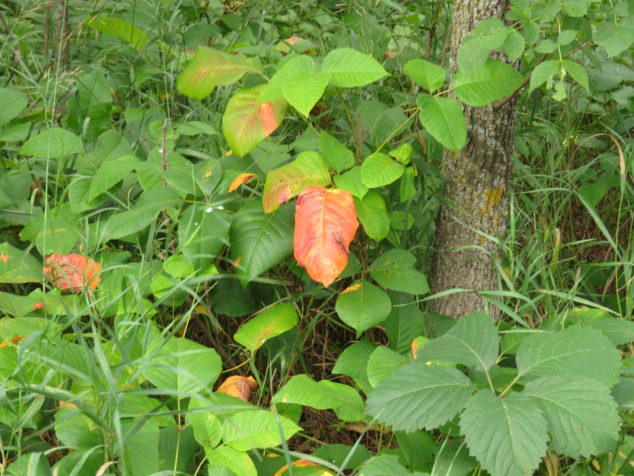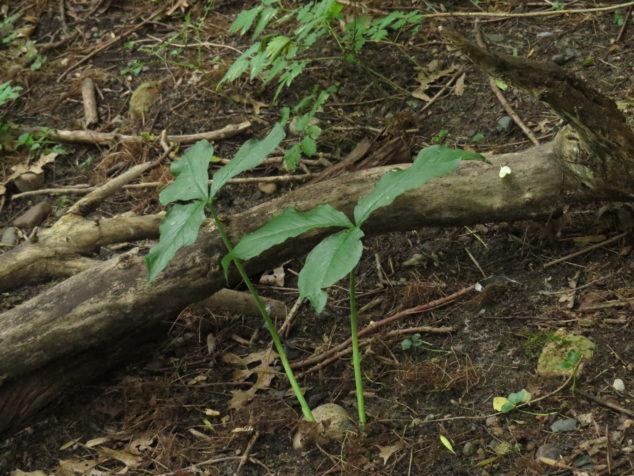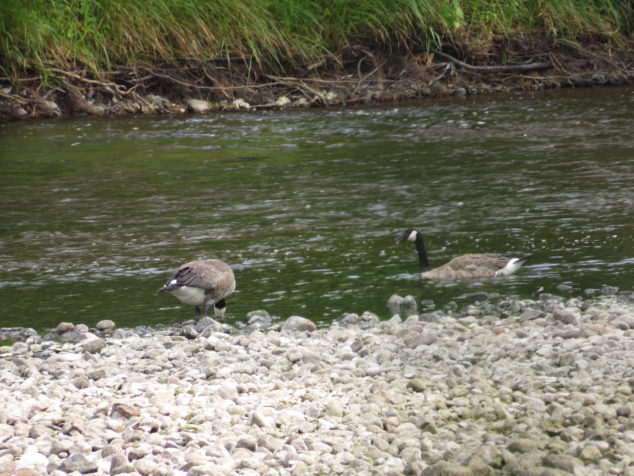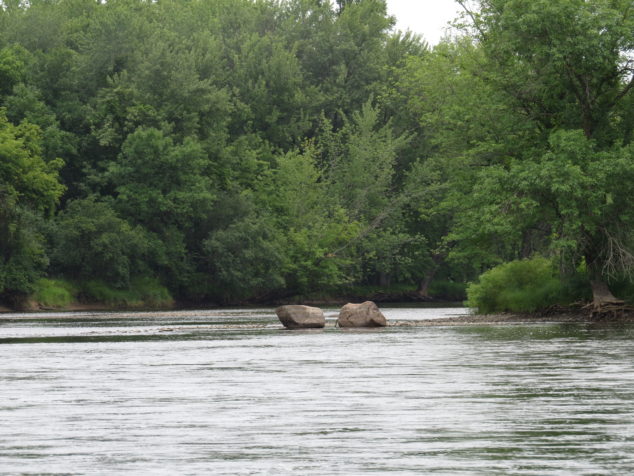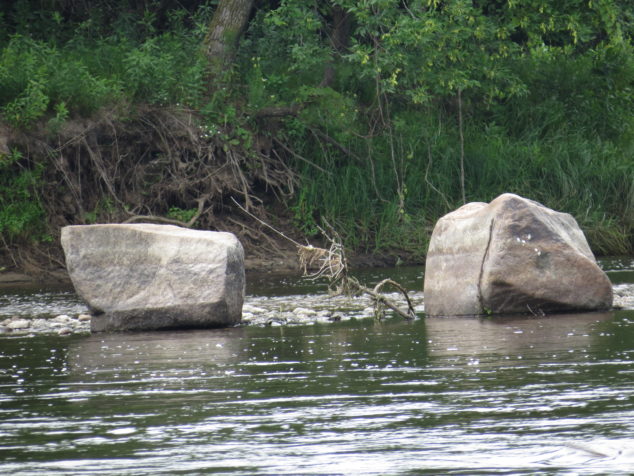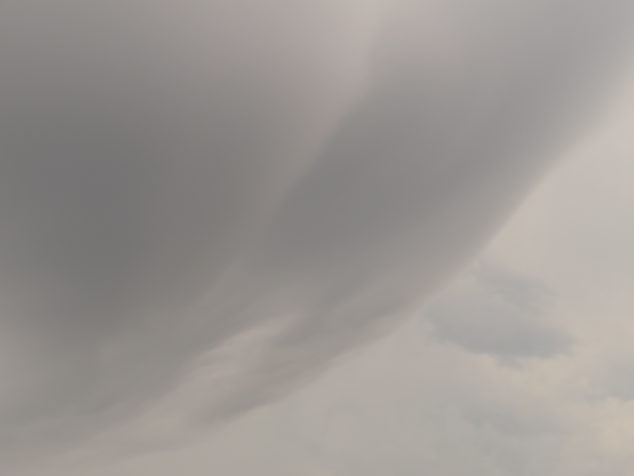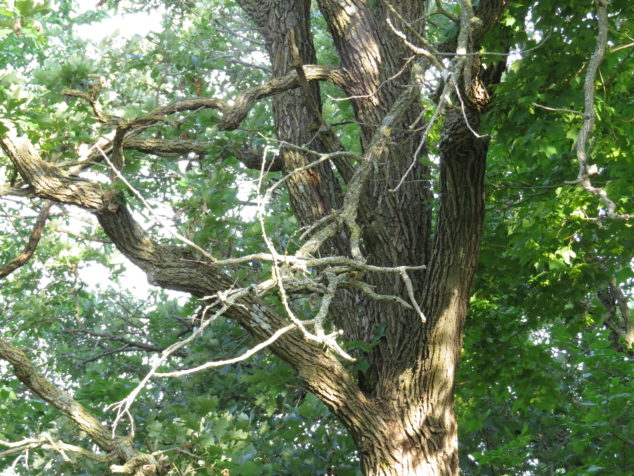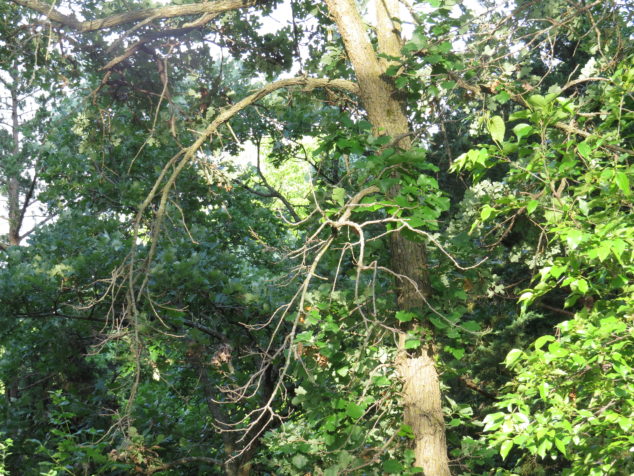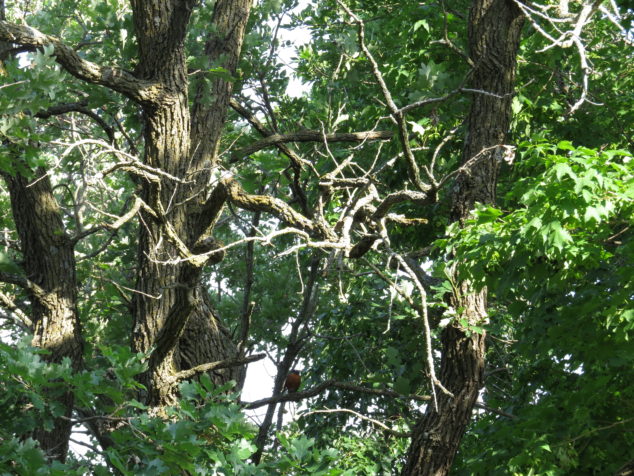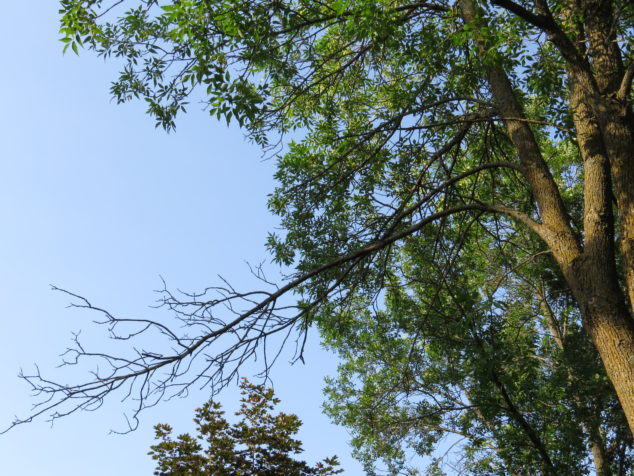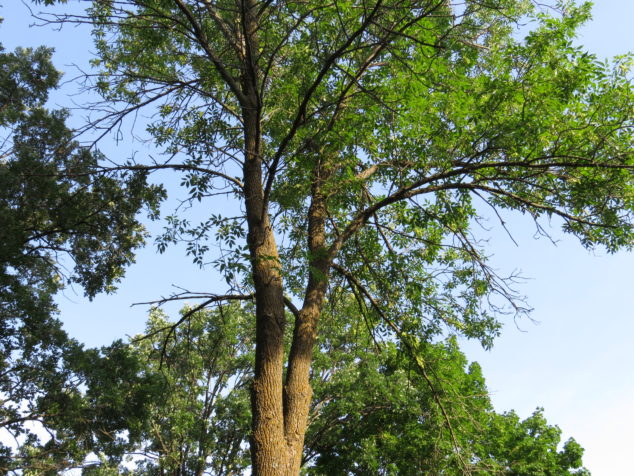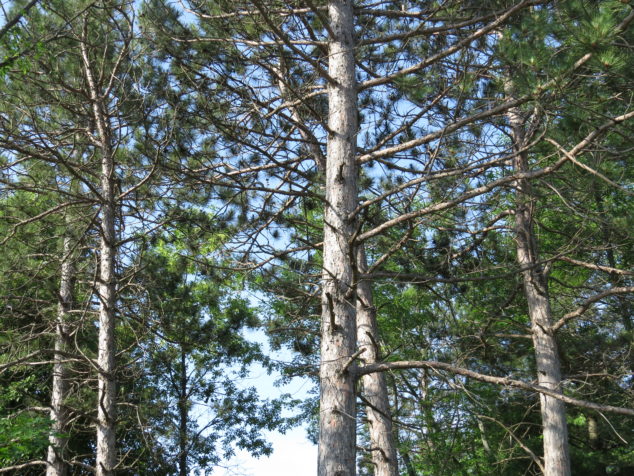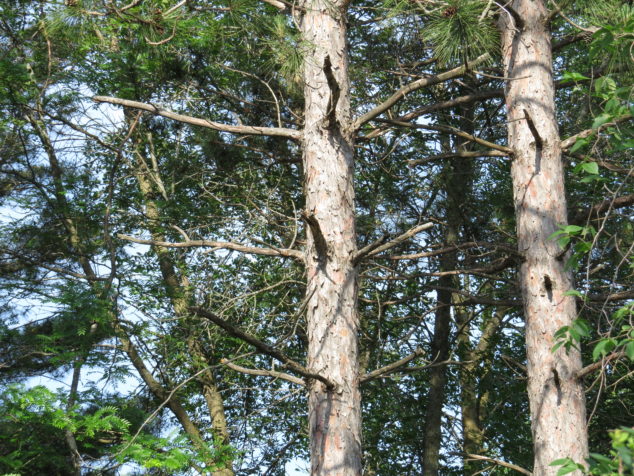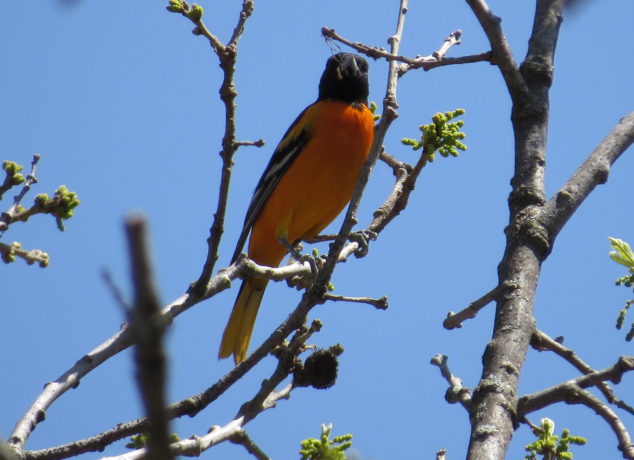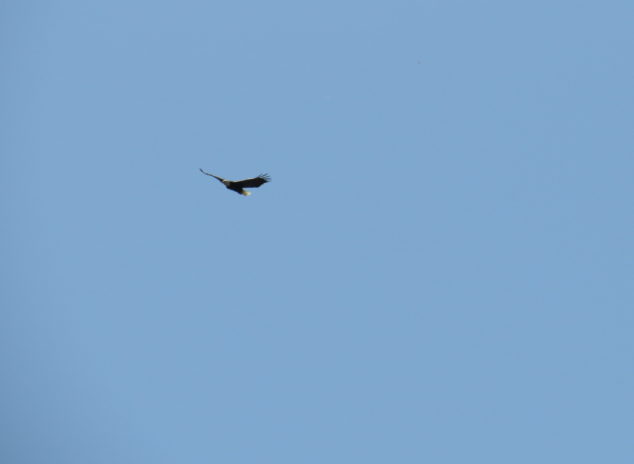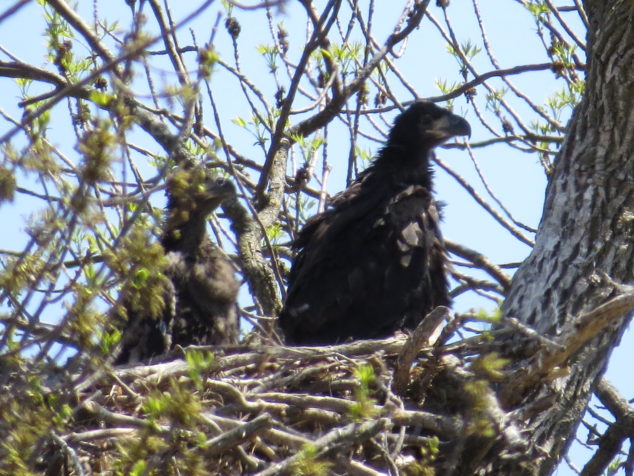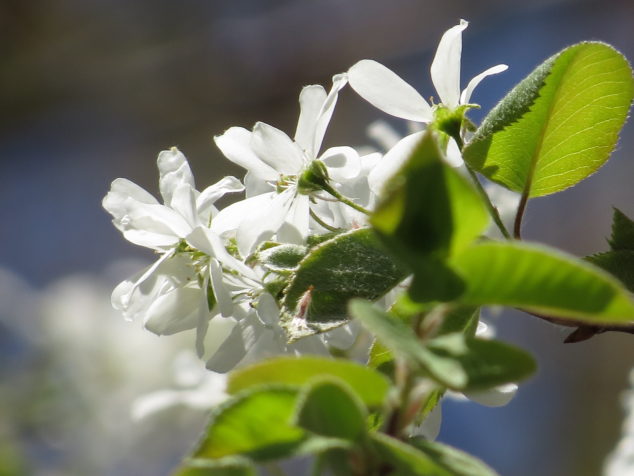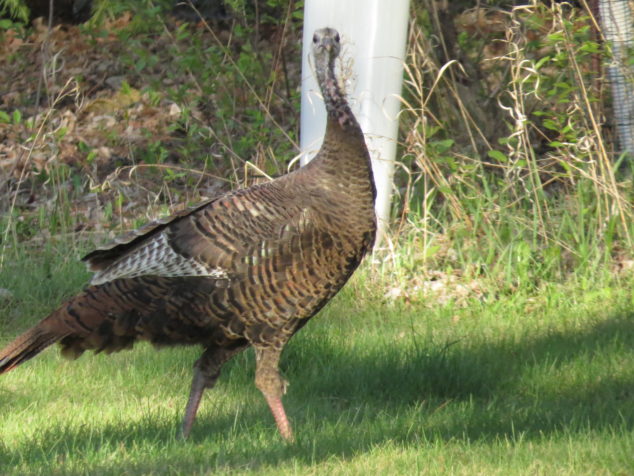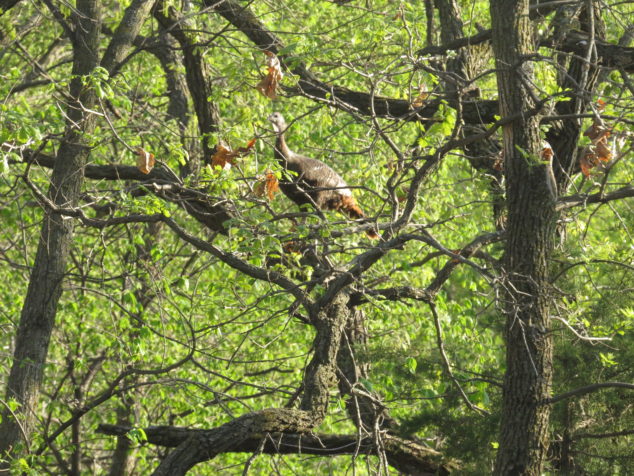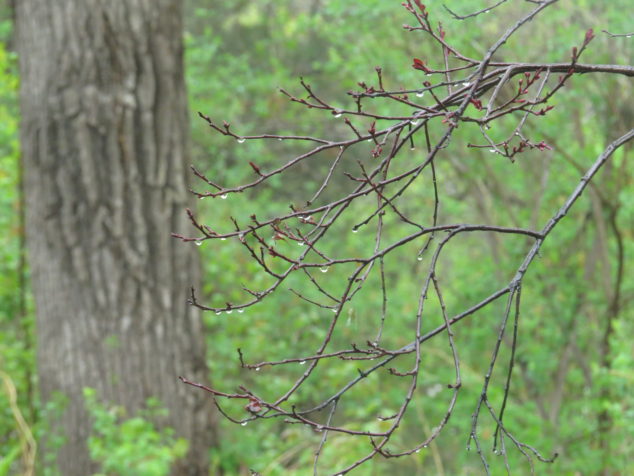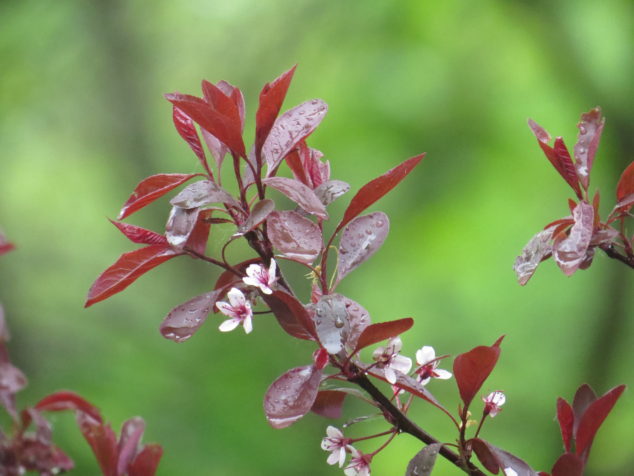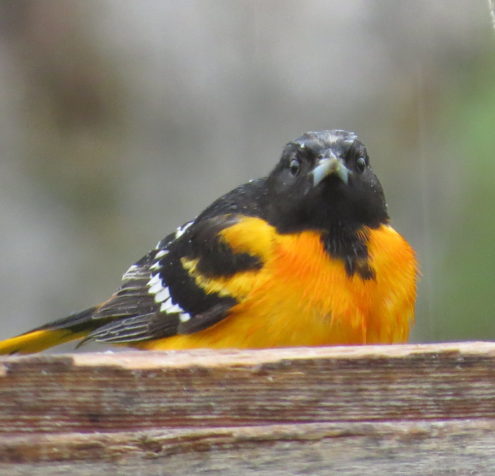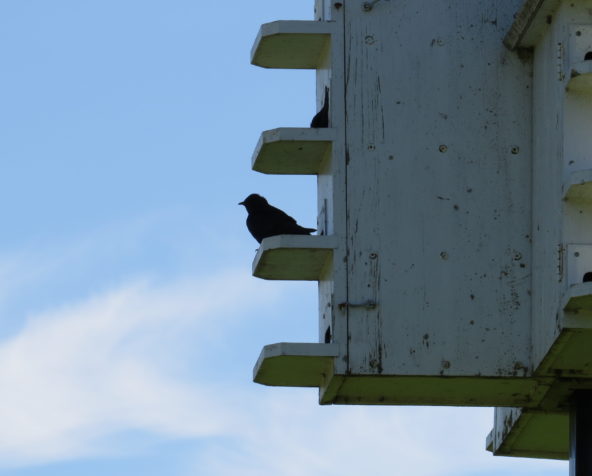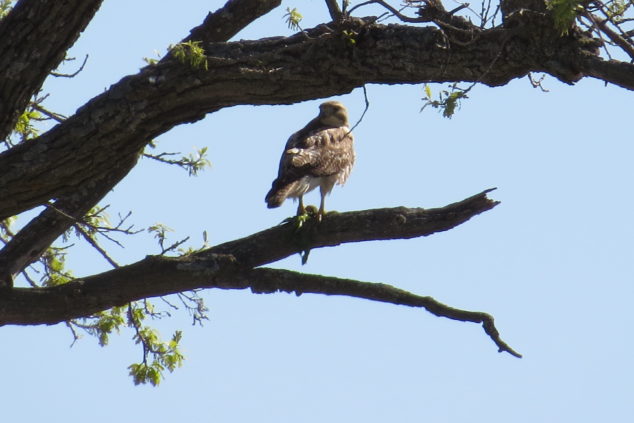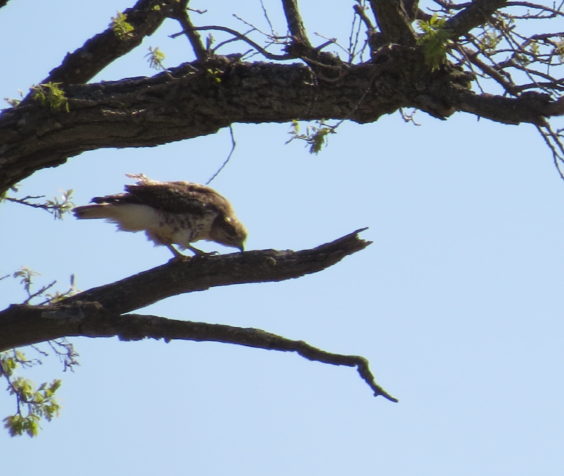There are two people in my life that know Art (with a capital A) in a way that my ignorant and scientific mind will never be able to fathom. I don’t ‘know’ it or ‘get’ it, but I try, by association, to appreciate it at some level. One of those people is my sister-in-law Julie. She has worked as a docent at the Nelson Art Museum in Kansas City for decades, and her home is full of amazing art that is strange and foreign to my untraveled, untrained mind and eye. But there is something that links me to her taste and ability in the arts—Nature. She is also a skillful gardener, talented designer, and Nature-lover. Her whole backyard is a garden of delights with unique plant material, beautiful design, interesting sculptures and urns, and unprecedented plant pairings, yet looks natural and artfully wild all at the same time. We were fortunate to spend a couple of days with Chris’ brother and Julie, and they took us to the Overland Park Arboretum and Botanical Gardens on the western outskirts of Kansas City. The day was warm with a crisp breeze—warm compared to the snow we had left in Minnesota, and crisp enough to need a jacket and hat.
The first wonder that greeted us was the strange, unique protuberances under a Bald Cypress tree. Thanks to Chris, our intrepid tree man, we learned these were cypress knees. The knees grow up from the roots of the Bald Cypress tree and have been the wonder of botanists for centuries. Bald Cypress trees are deciduous conifers (like our Northern Larch or Tamarack) that typically grow in swamps where the roots are waterlogged for at least part of the year. Some have theorized the knees provide the roots with air for gas exchange; others proclaim them to be structural to keep the shallow root system strong, and the tree upright. They are one of Nature’s wondrous mysteries!
Our next surprise was Monet painting at the edge of the pond! The French Impressionist painter Claude Monet was an advocate for plein air painting—in the open air—in order to capture the lighting at different times of the day and the colors during different seasons of the year.
We encountered a trio of Lacebarks as we strolled along the winter paths—Lacebark Elm, Lacebark Oak, and Lacebark Pine—all with interesting, exfoliating works-of-art bark.
Alight and rest for a moment on a dragonfly bench!
High in a Sycamore tree sat a hawk who seemed unconcerned with the passersby below. The American Sycamore grows stately and tall and holds its seed clusters most of the winter, like tiny balls decorating the bare tree for the holidays.
We walked through a tall, metal gate that fenced the deer out of the Gardens and entered the dry, wooded swales, a low-lying area by Wolf Creek where Cottonwood and Sycamore trees grew into giants. Flooded creek waters had washed the soil away from the roots of nearby trees creating tangled works of art.
One common workhorse of a tree in the mid-plains is the Osage Orange or Hedge Apple tree. The Osage Indians made superior bows from the tough, flexible wood. The yellow wood resists rot, burns hot, and is used for fence posts and railroad ties. The trees themselves were used for living fences before barbed wire was widely available and less expensive—the low branching trees with strong, sharp thorns grew ‘horse-high, bull-strong, and pig-tight’ as a hedge. The yellow wood extends into the roots…
…and the large yellow-green hedge ball or fruit ball contains a messy, milky sap that is supposed to repel insects and spiders.
We returned to the Gardens through another high gate after our hike through the woods and found ourselves on the Sculpture Garden trail. Elaborately pieced fairy houses—miniature natural architecture with colorful trinkets and stones—were placed at intervals along the trail.
Beautiful sculptures were tucked into the trees along the paved path, a melding of Art and Nature.
Like Monet, I appreciated the colors of the winter season at the Arboretum and Botanical Gardens—the muted green grass, the rusty oak leaves, the ice-blue sky and water, and the honey-colored hydrangea blooms. A painting in the making. I love how Mother Nature is the ultimate artist—the color and form in the feathers of a bird, the patterns and designs in the bark of a tree, the making and dispersal of seeds, and the color and contour of the inner characteristics of a tree. I liked the juxtaposition of whimsical, woodsy fairy houses made from the materials that surrounded them with the bold concrete and metal sculptures that had found their new homes among the trees. I am thankful for the time we had with family and friends on our trip south. There is something sacred and life-giving in sharing space, time, food, laughter, perspective, ideas, and talents. It’s what links us together on the wondrous, mysterious journey of Life.
